
Photography by Max Zammit. Article by Max Zammit, Simone Marcato & Fabrizio Capenti
Pilot training has a very long and illustrious history at the 61o Stormo (Wing) at Lecce-Galatina Air Base in southeast Italy. As of right now, it has 3 squadrons (212o, 213o, and 214o Gruppo) and 3 flight lines (T-339A, FT-339CD, and T-346A), making it an international flight school. In the year of their 75th anniversary, we visited this historic base.
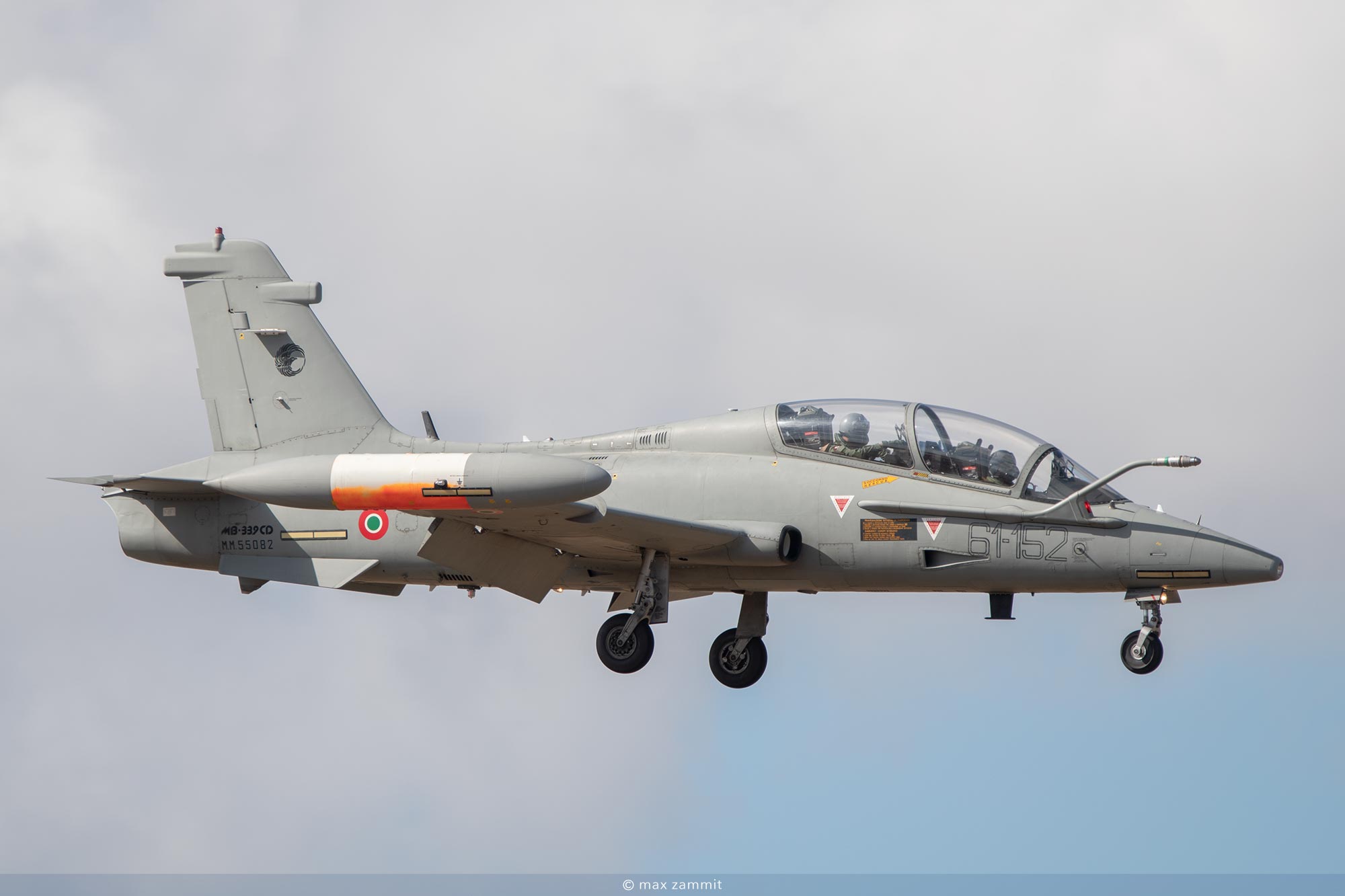
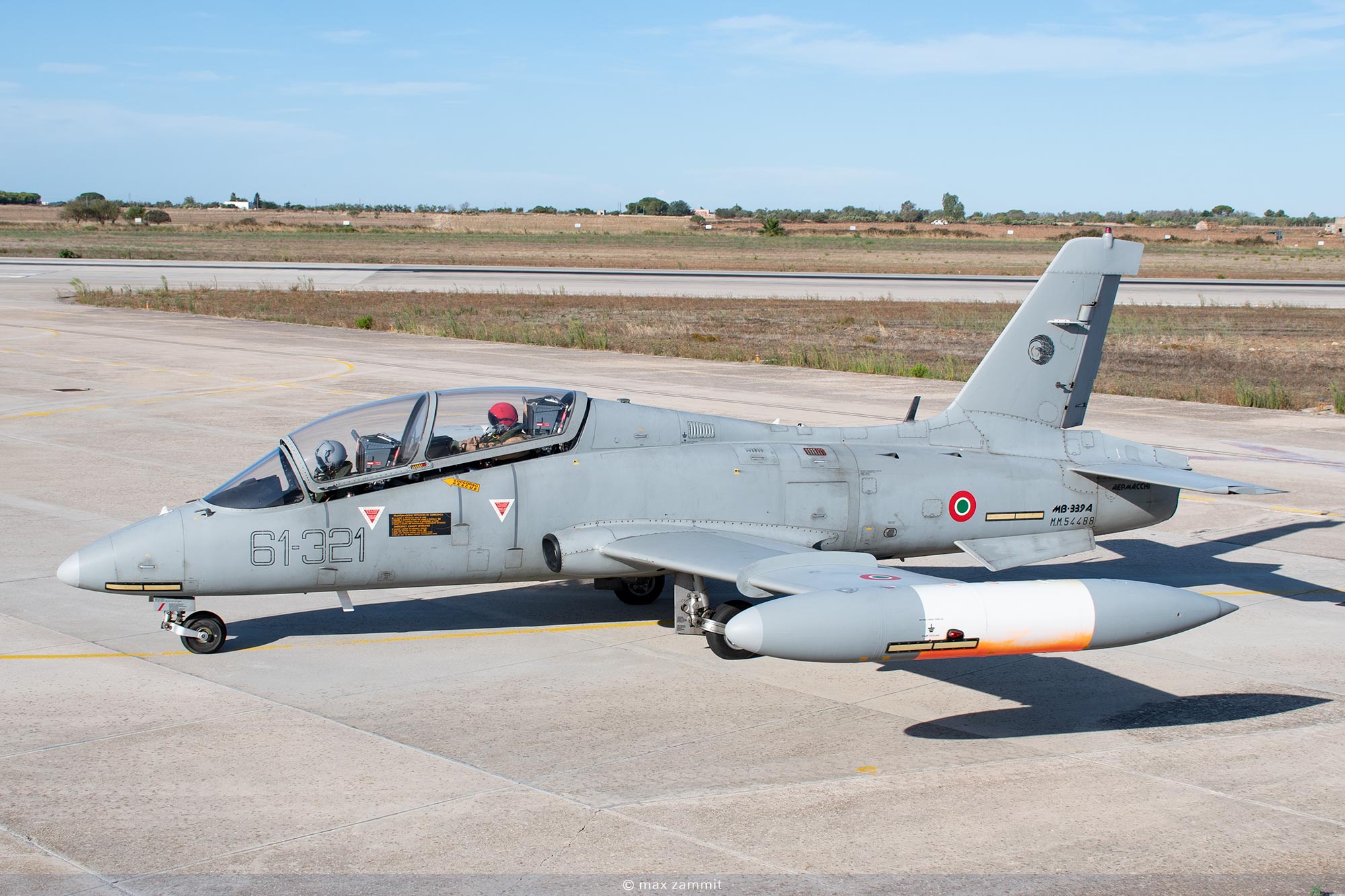
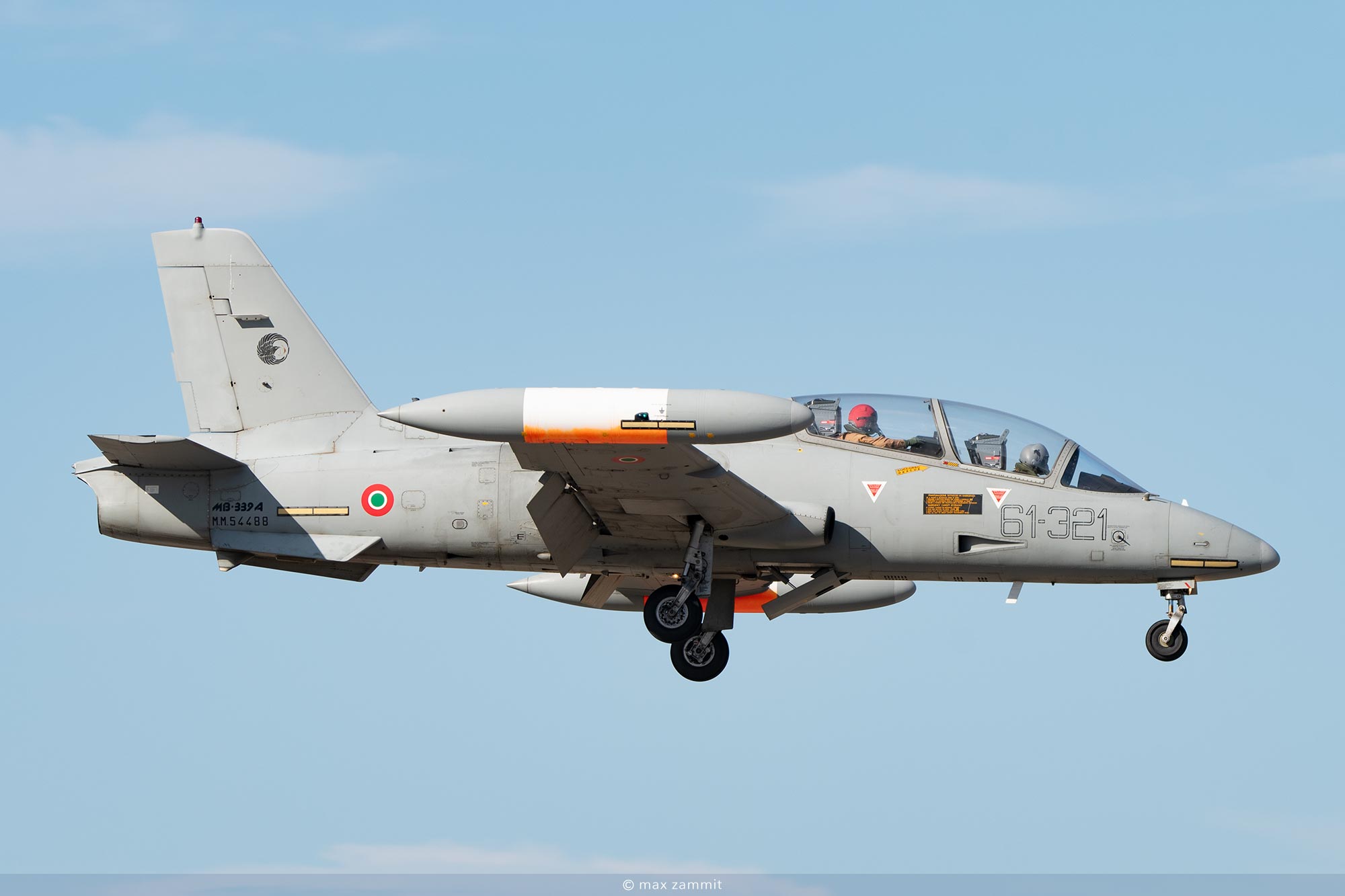
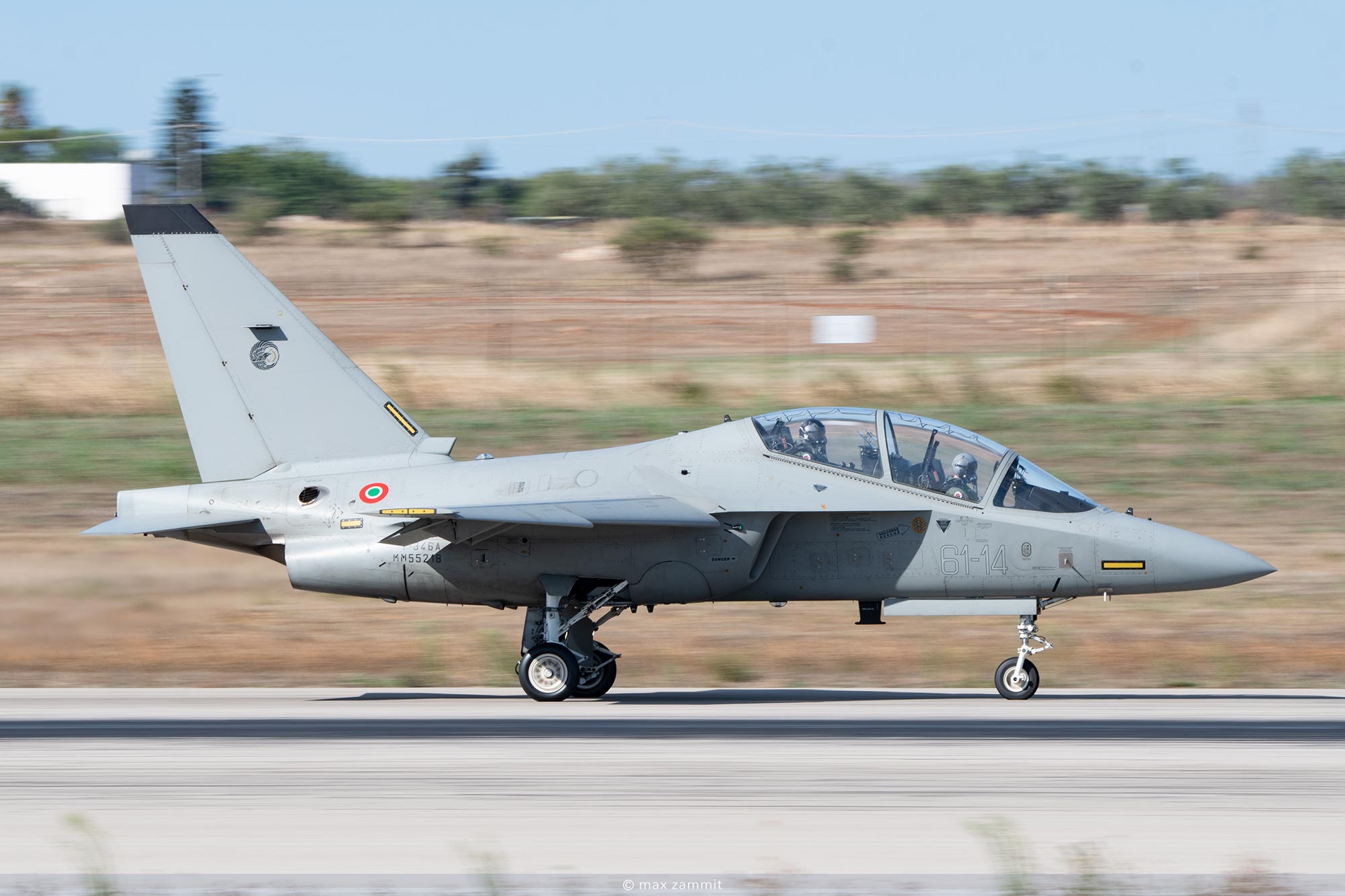
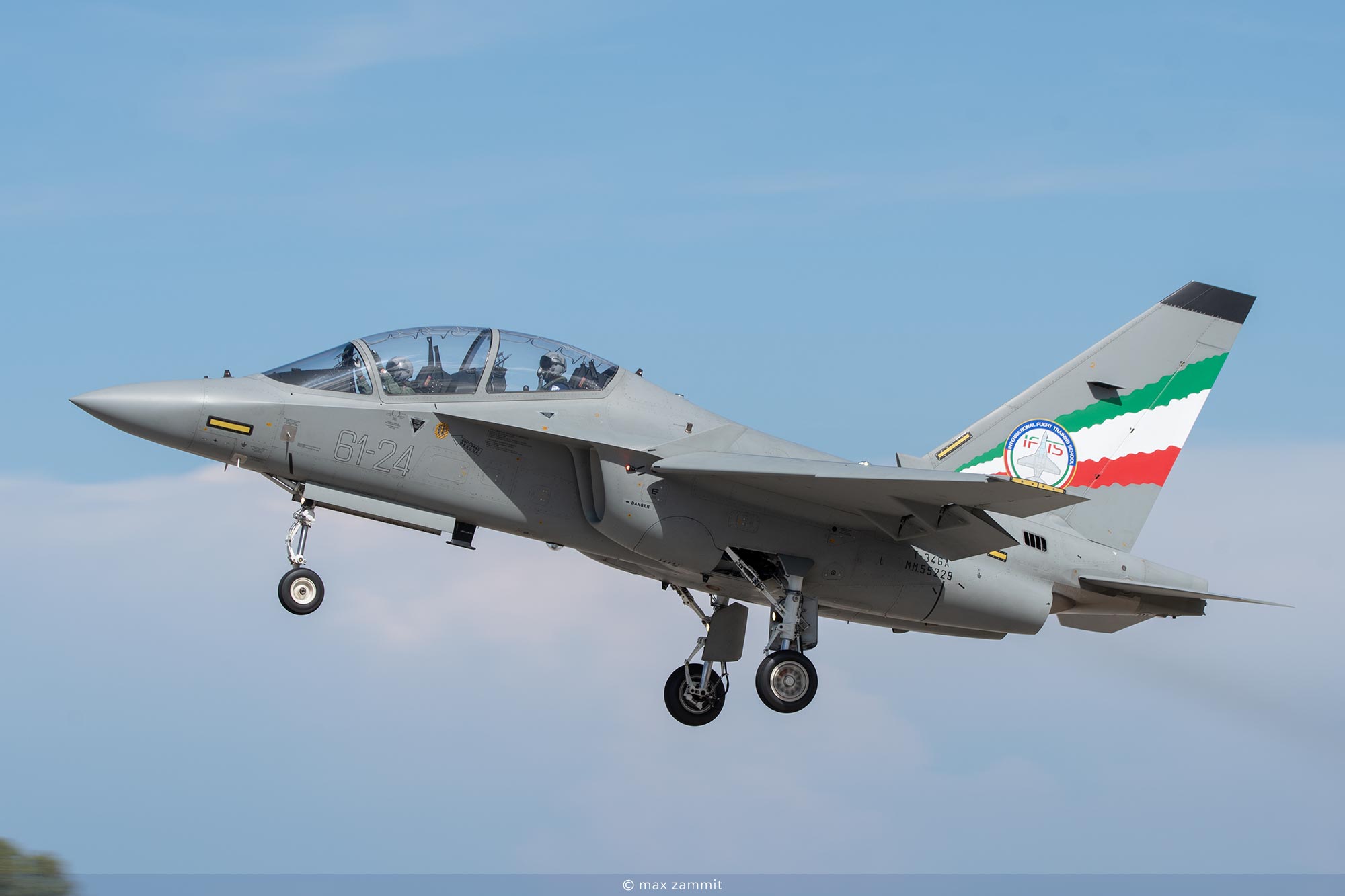
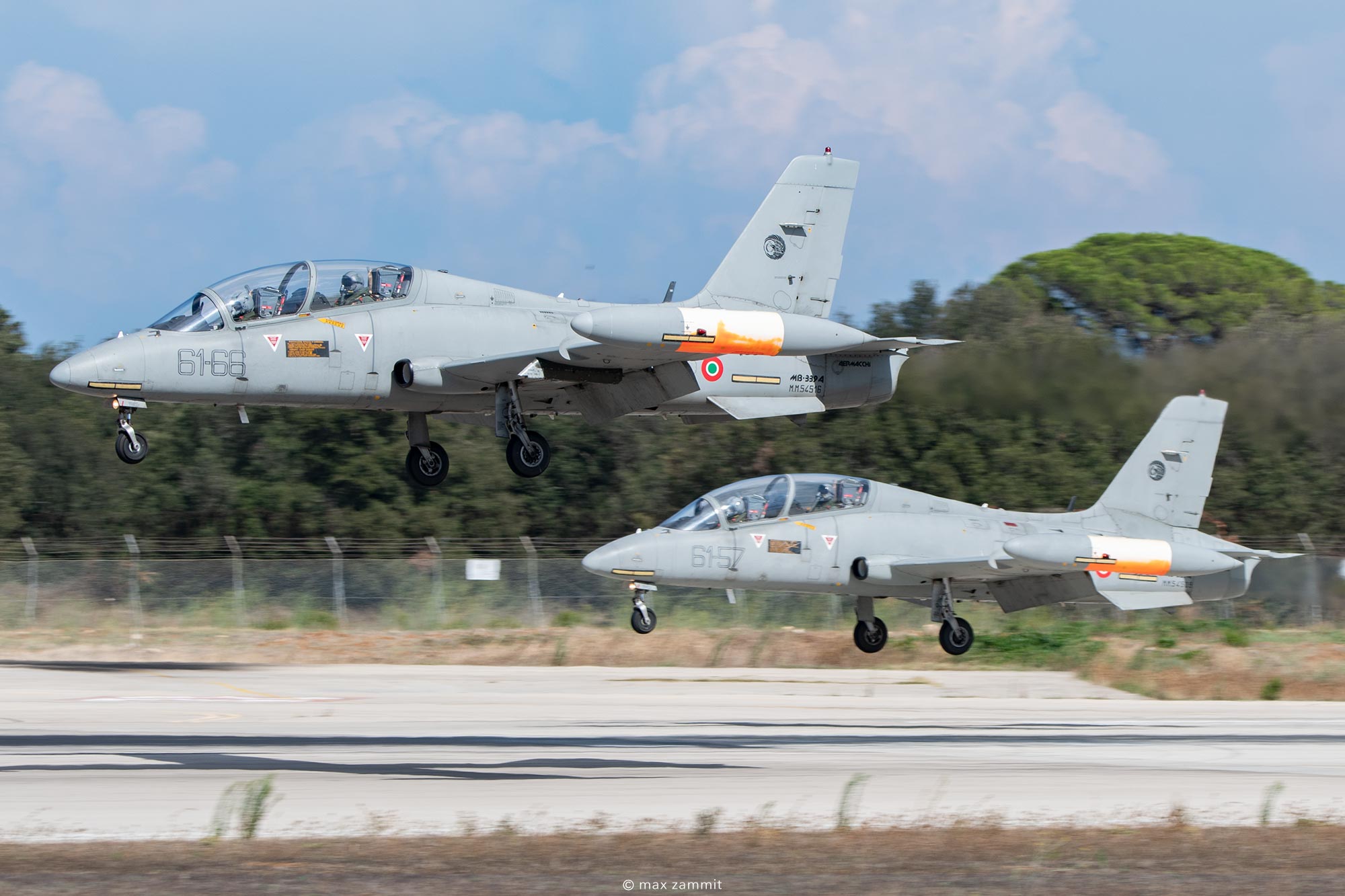
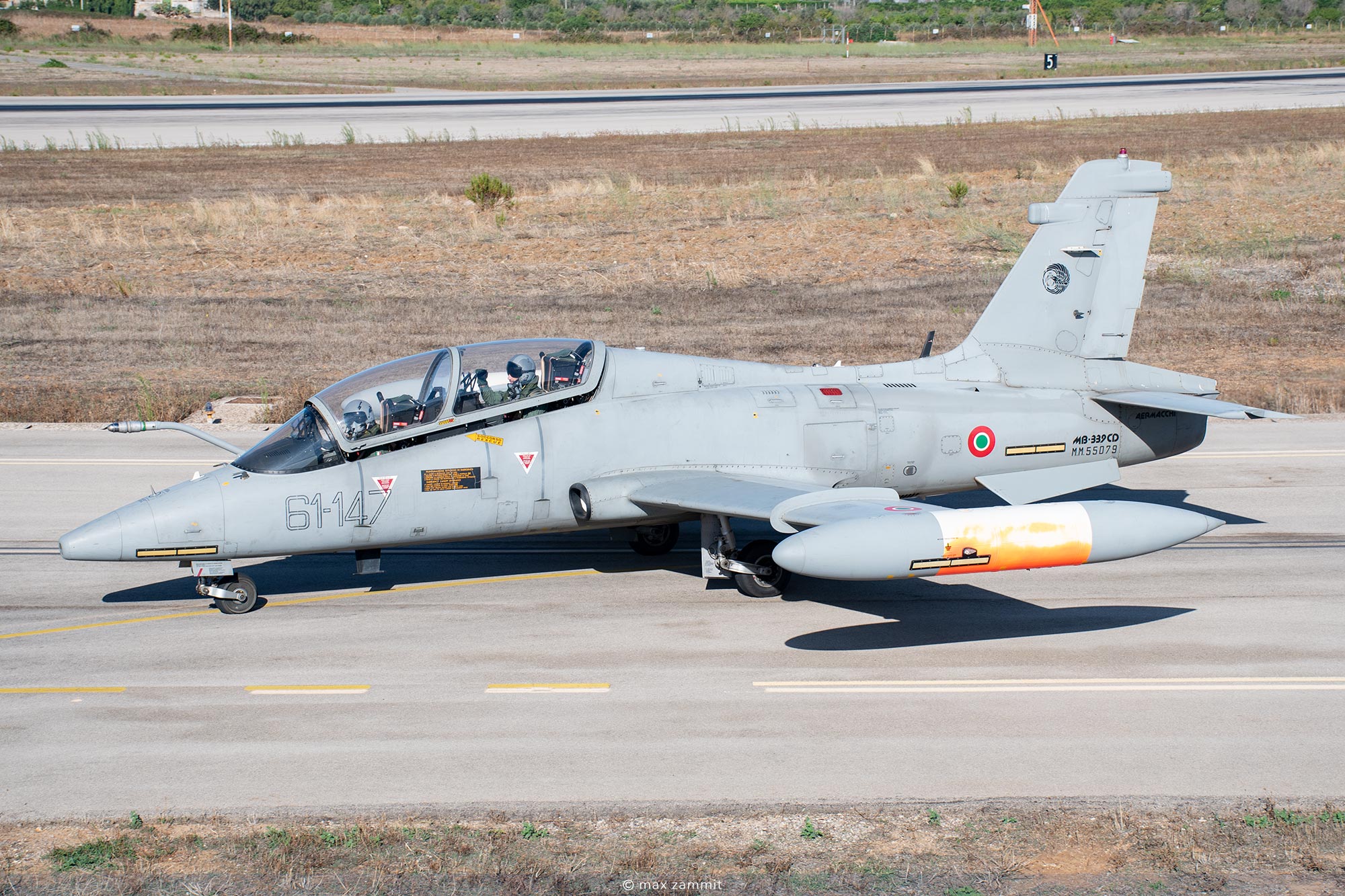
In the past, the base, which was formally founded in 1945, has undergone a number of name changes as well as functional transformations over the course of its existence. Changing from the T-6 Texan to the Aermacchi MB-326 in 1961 and then to the T-339A as we use it today The first FT-339CD, an upgraded model with a glass cockpit and the ability to refuel aircraft in the air, was delivered to the unit in 1997. The T-346 Master was officially delivered to the unit in 2015, ushering in the new, advanced Integrated Training System (ITS).
The daily flight activity at Galatina is very intense due to the large number of student pilots, with the three Gruppi Volo (flying squadrons) averaging between 40 and 50 missions. So much so that the 1,200 people’s work accounts for close to 10% of the Italian Air Force’s entire daily flight activity.
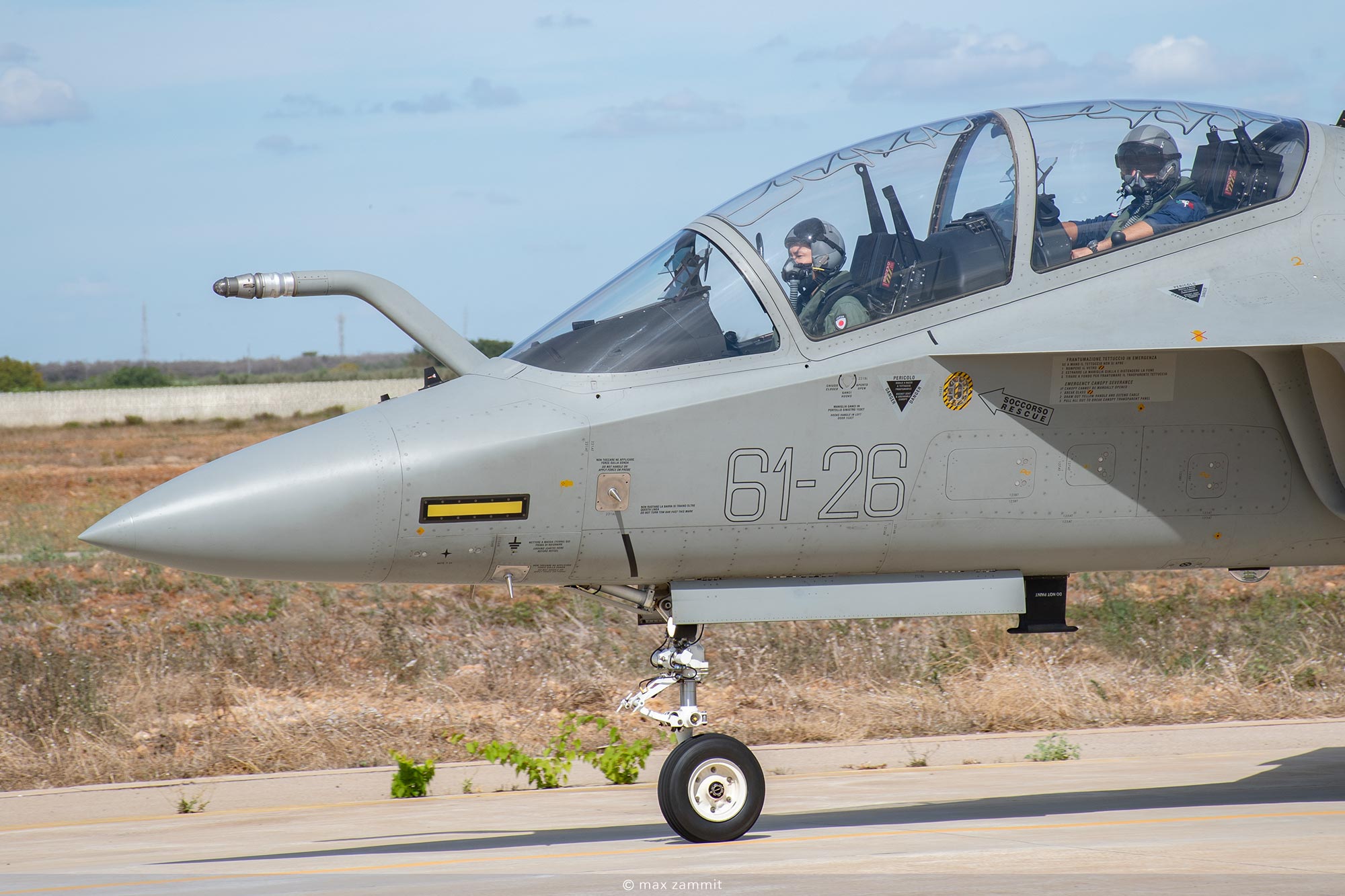
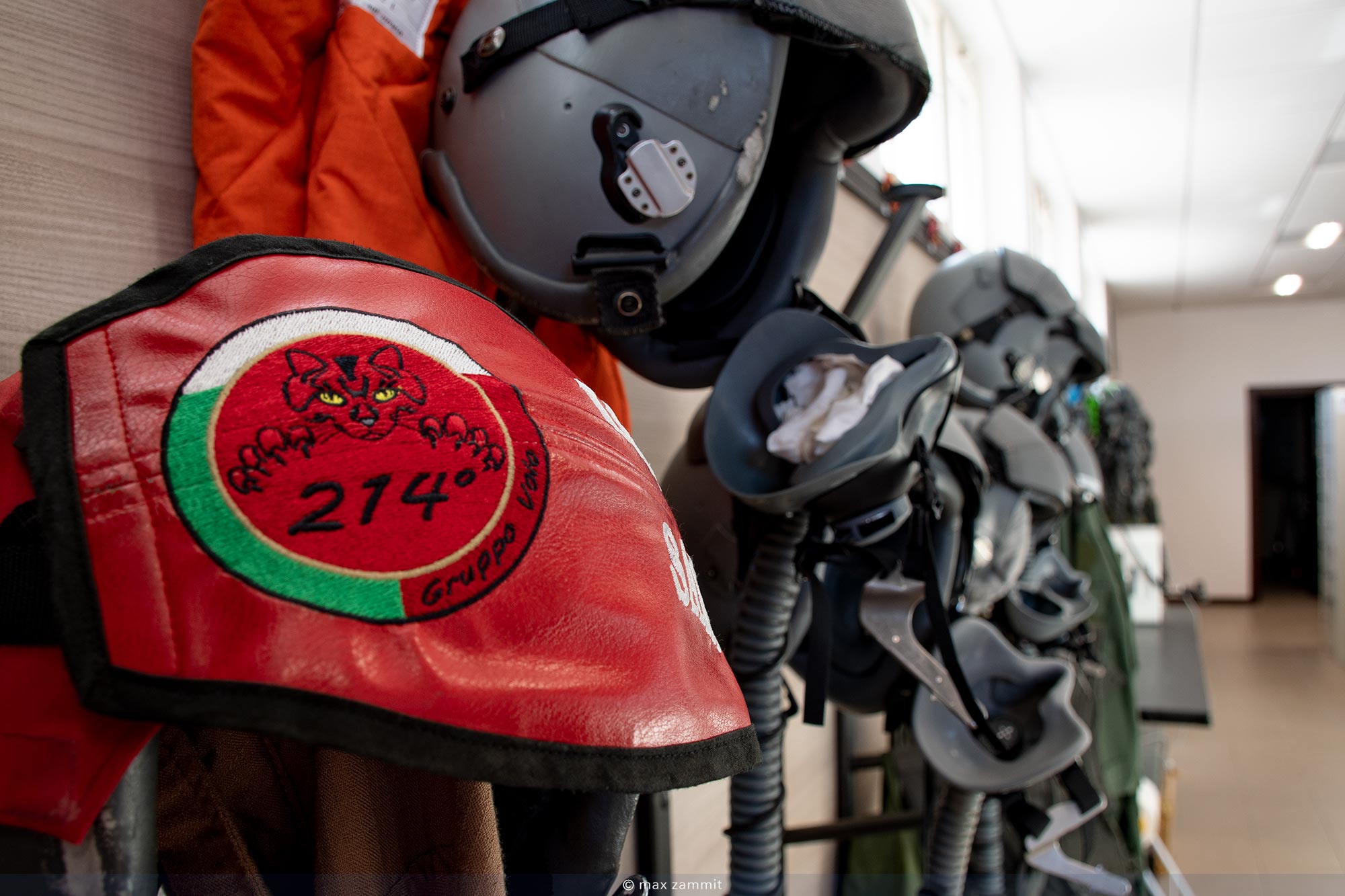
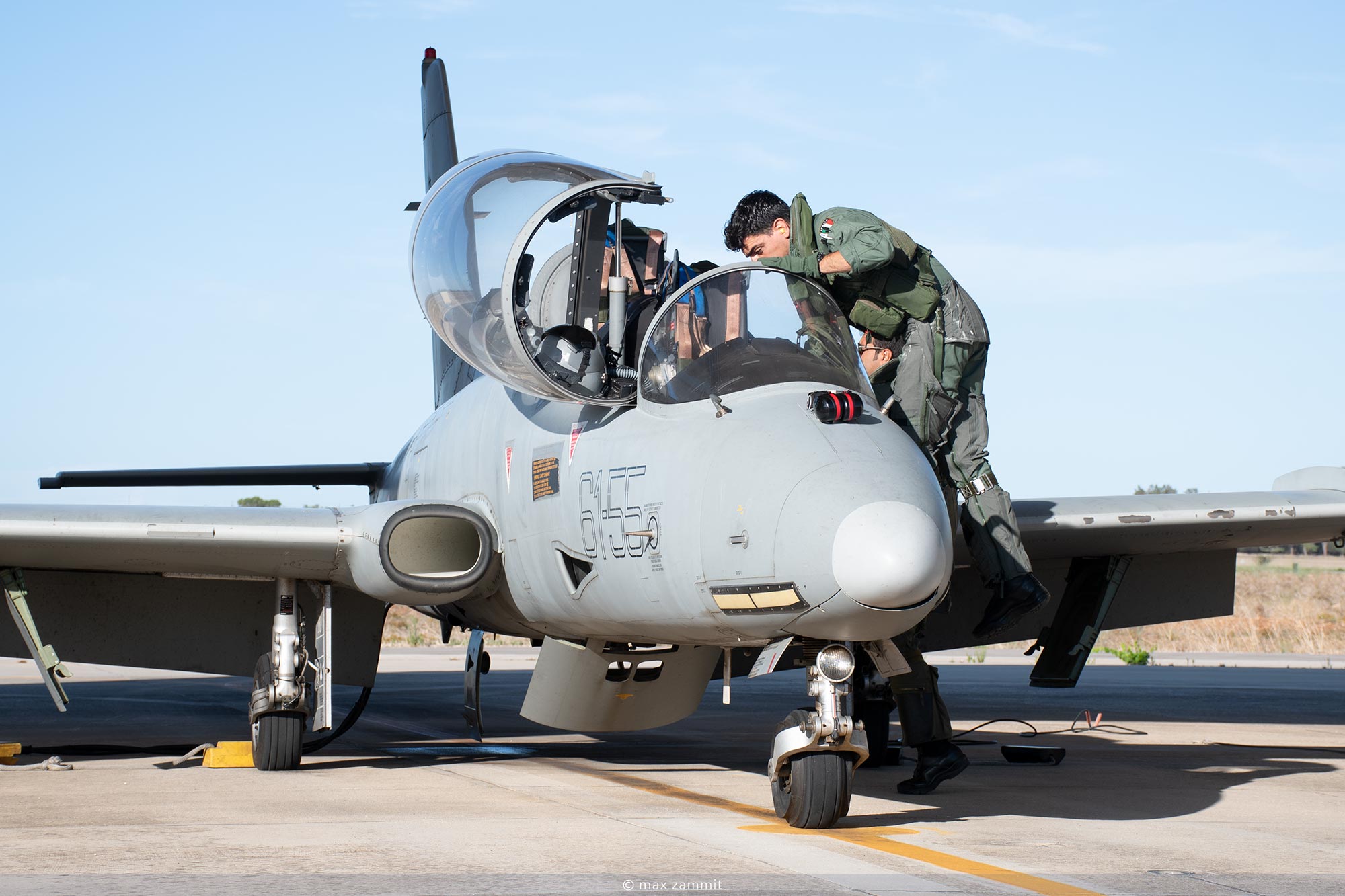
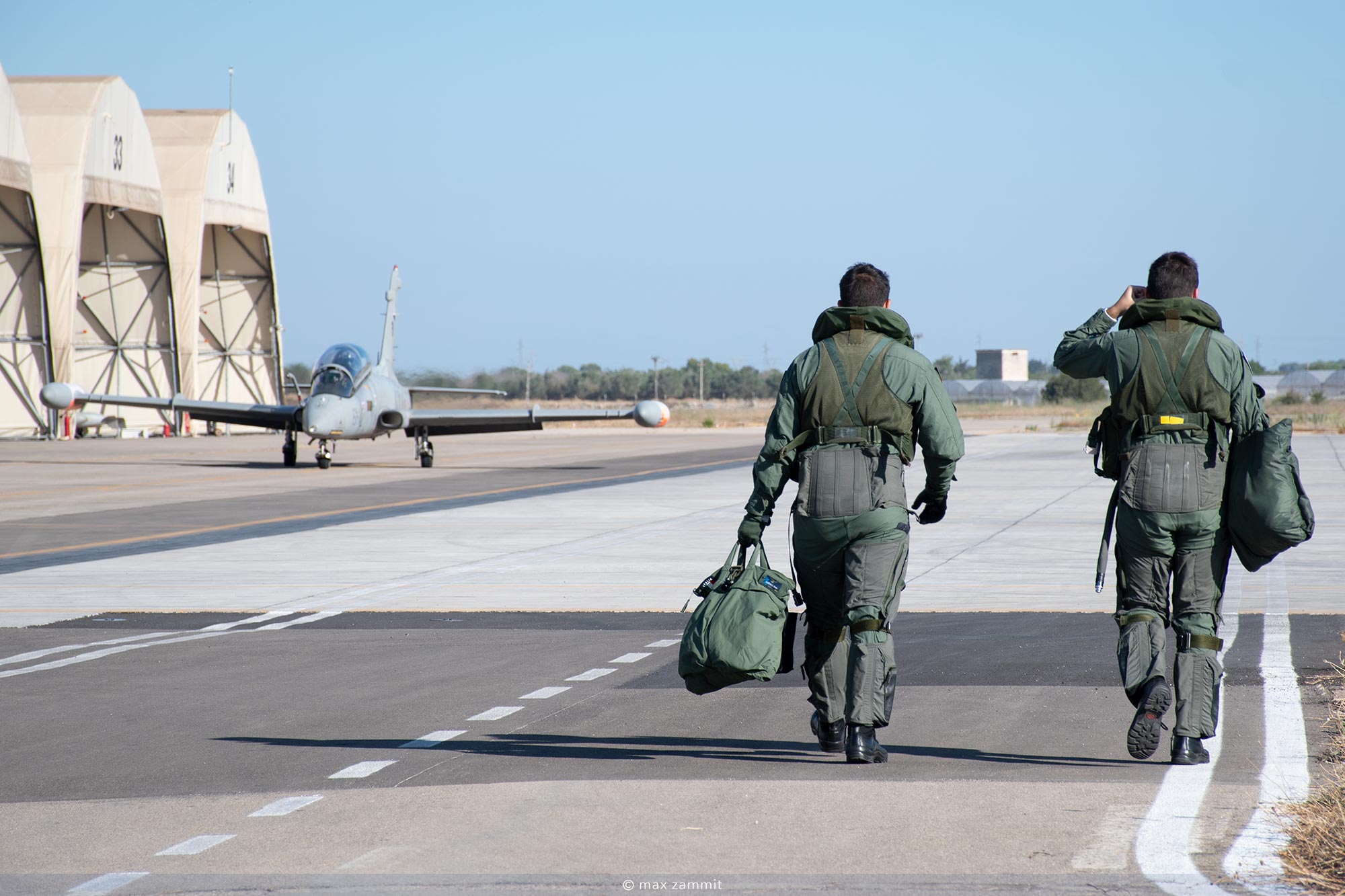
The Training
The motto “Fight as you train and train as you fight” encapsulates the advanced training methodology and the mission given to the Wing. The students who arrive at Galatina are assigned to the 214o Gruppo to start the primary pilot training on the T-339A after completing “Phase 1” and receiving the BPA (Airplane Pilot Patent) at the 70o Stormo of Latina. The goal of this phase is to determine which class of aircraft they are qualified to fly, whether it be a fighter, unmanned aerial system (UAS), rotating wing, or transport. The first five weeks are spent at the Crew Training Center, and the final two weeks are spent engaging in activities on the simulator to get comfortable with the aircraft they will fly.
Once aboard the T-339A, they complete 12 missions during which the pilot instructor instructs them on the fundamentals of flight and various types of landing. After completing the assignment successfully, the student is prepared to begin the first “solo” and “Phase 2”.
The Maintenance
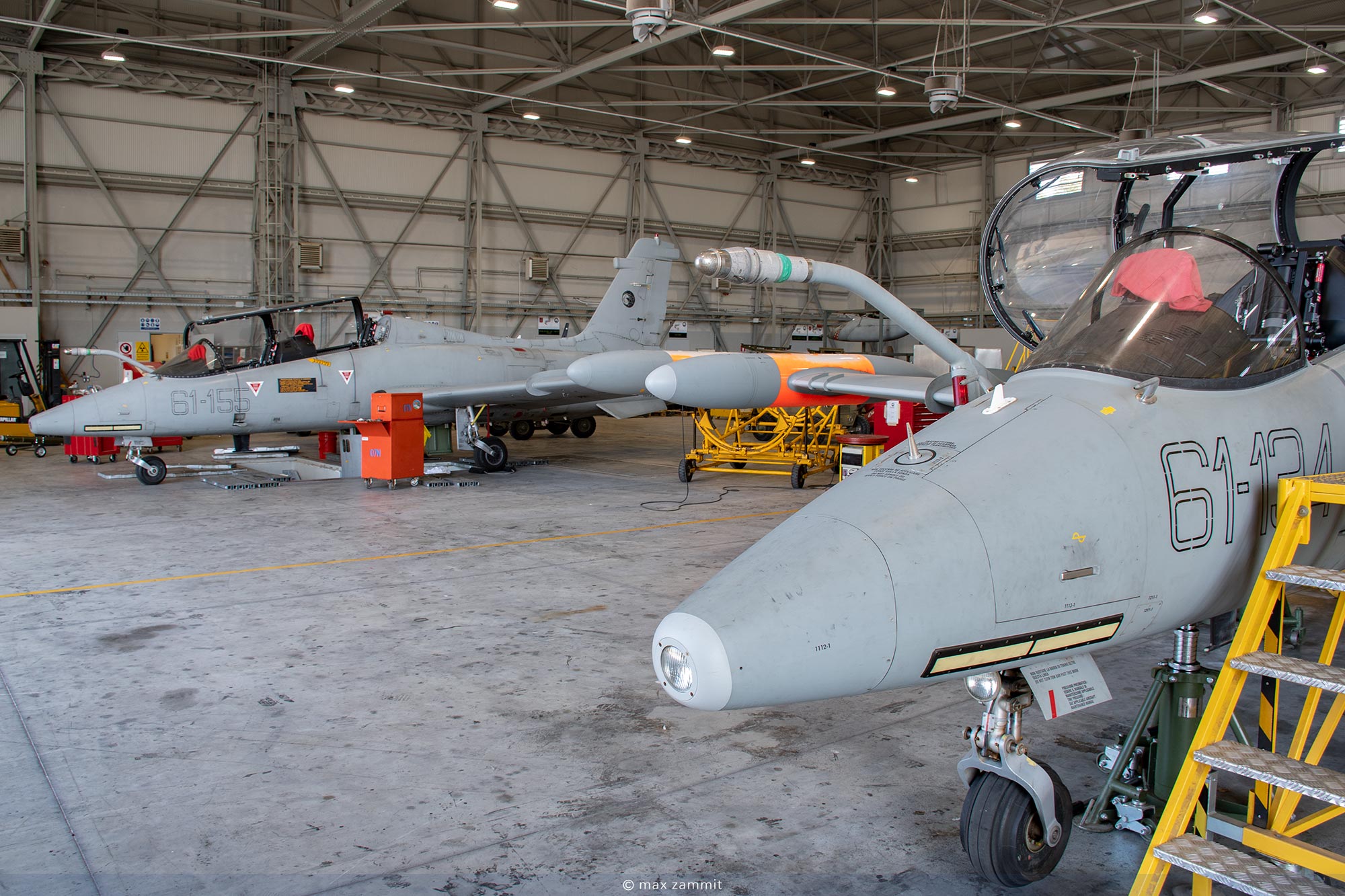
The full efficiency and safety of the aircraft is in the hands of the technical staff who ensure the maintenance of the fleet. The 10th Aircraft Maintenance Department (RMV) takes care of all the MB-339 line of the Air Force, including the Pattuglia Acrobatica Nazionale (PAN). The Aircraft Efficiency Group, 961ST GEA is part of the organizational structure of the Stormo and manages the efficiency of the flight school fleet. Aside from the ordinary management of the T346-A fleet, they carry out training of specialized personnel, check quality control of equipment and also maintain some of the flight simulators.
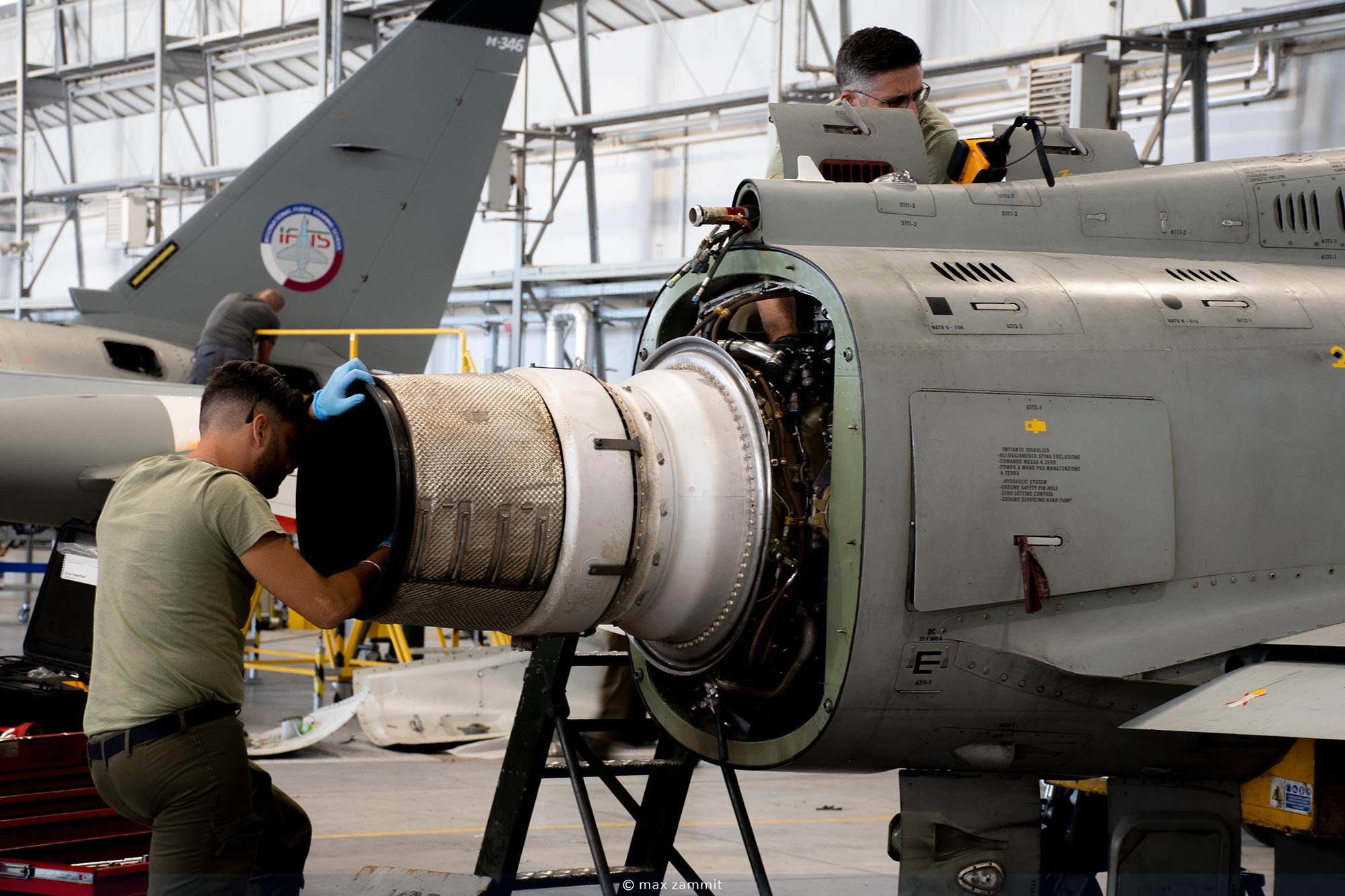
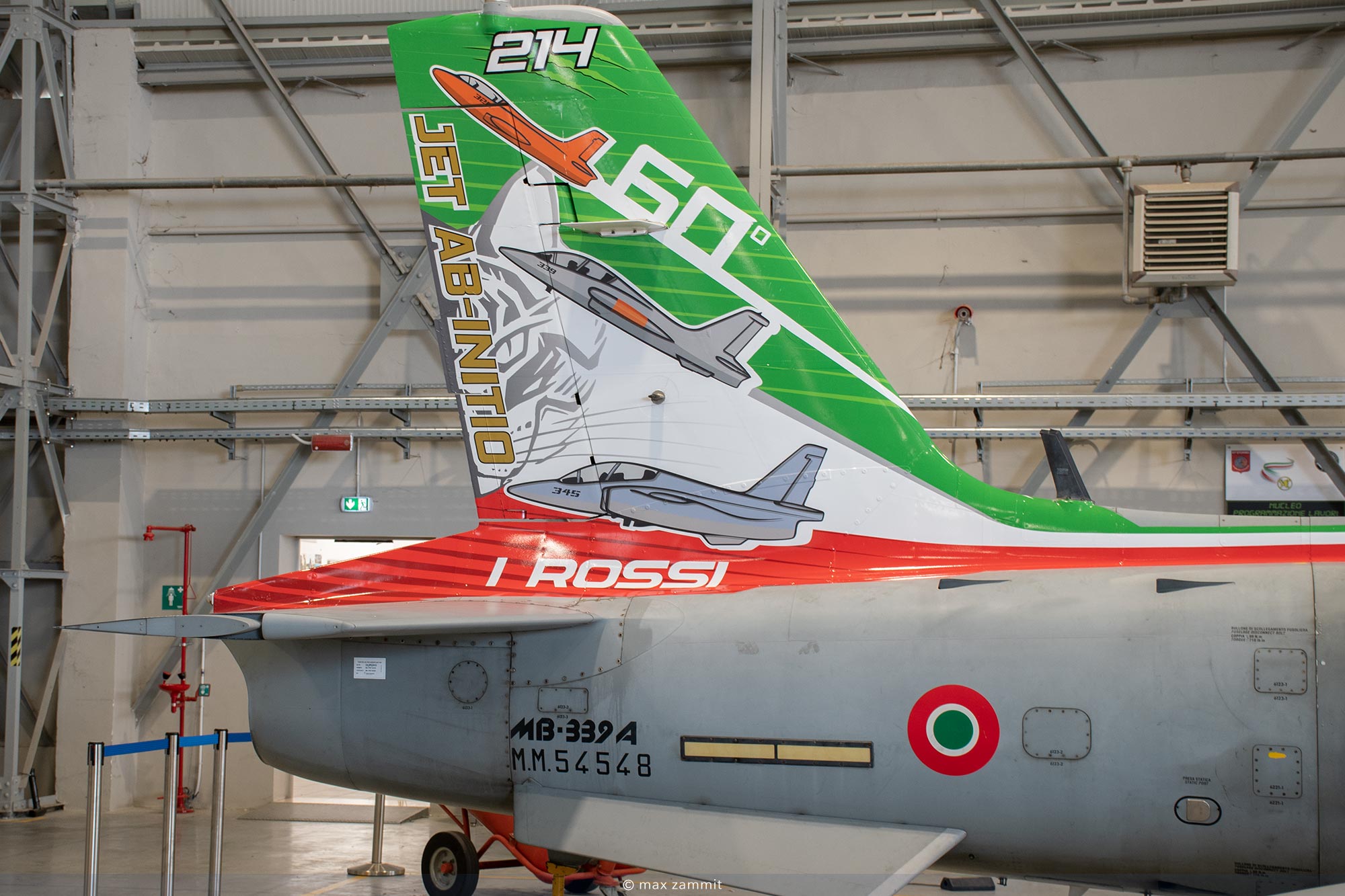
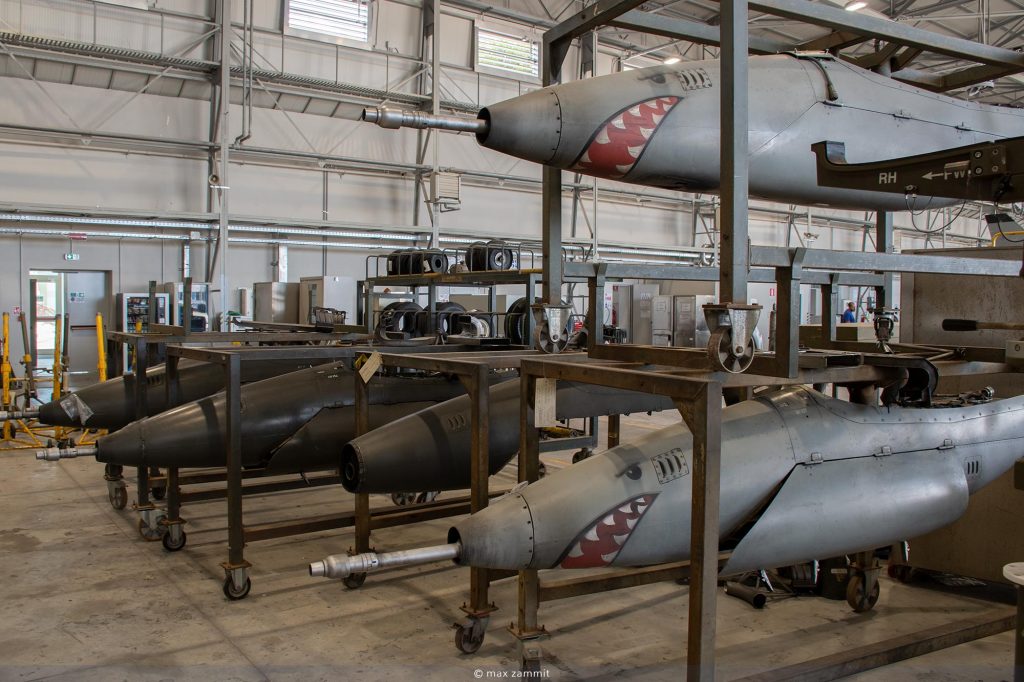
The IFTS Simulation Equipment
The Italian Air Force and Leonardo collaborated to restructure the training program for military pilots, revolutionizing the global aviation industry. The Leonardo Aircraft Division’s M-346A integrated training system, which includes full-mission flight simulators, cutting-edge real-time virtual environments (LVCs), and cutting-edge systems for tactical training in flight ETTS (Embedded Tactical Training Simulation), is the focal point of the International Flight Training School (IFTS). With the help of voice commands and the HMD helmet, the student is able to practice using armaments, electronic defenses, and sensors.
In order to maximize efficiency, 50% of the ITFS training syllabus is devoted to simulator use, which permits a significant decrease in flying expenses. In addition, the mission can be followed in real time and downloaded immediately after landing for analysis. The ability to nearly duplicate any flight condition exactly enables the course to be modeled for the requirements of numerous different air forces.
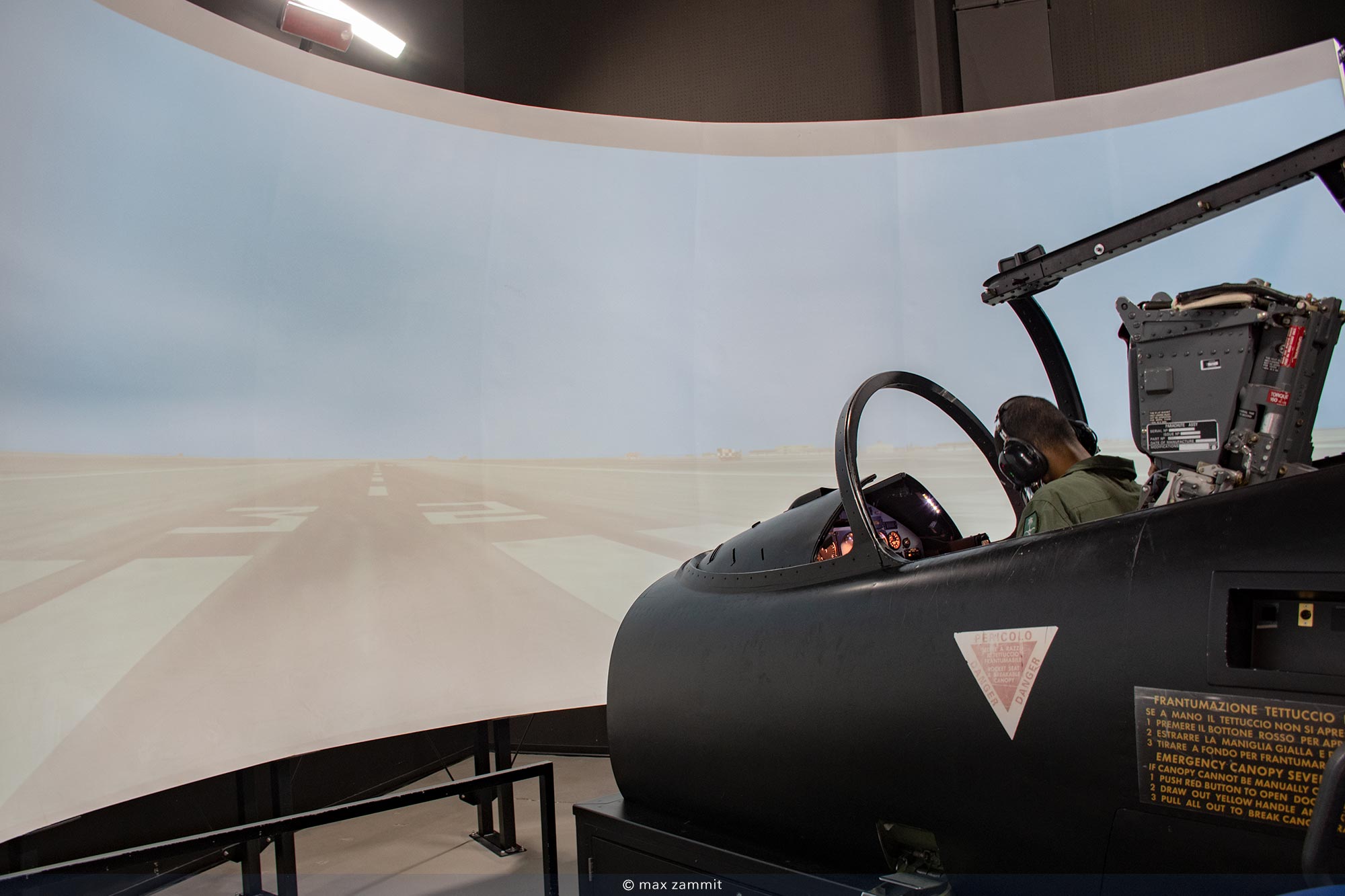
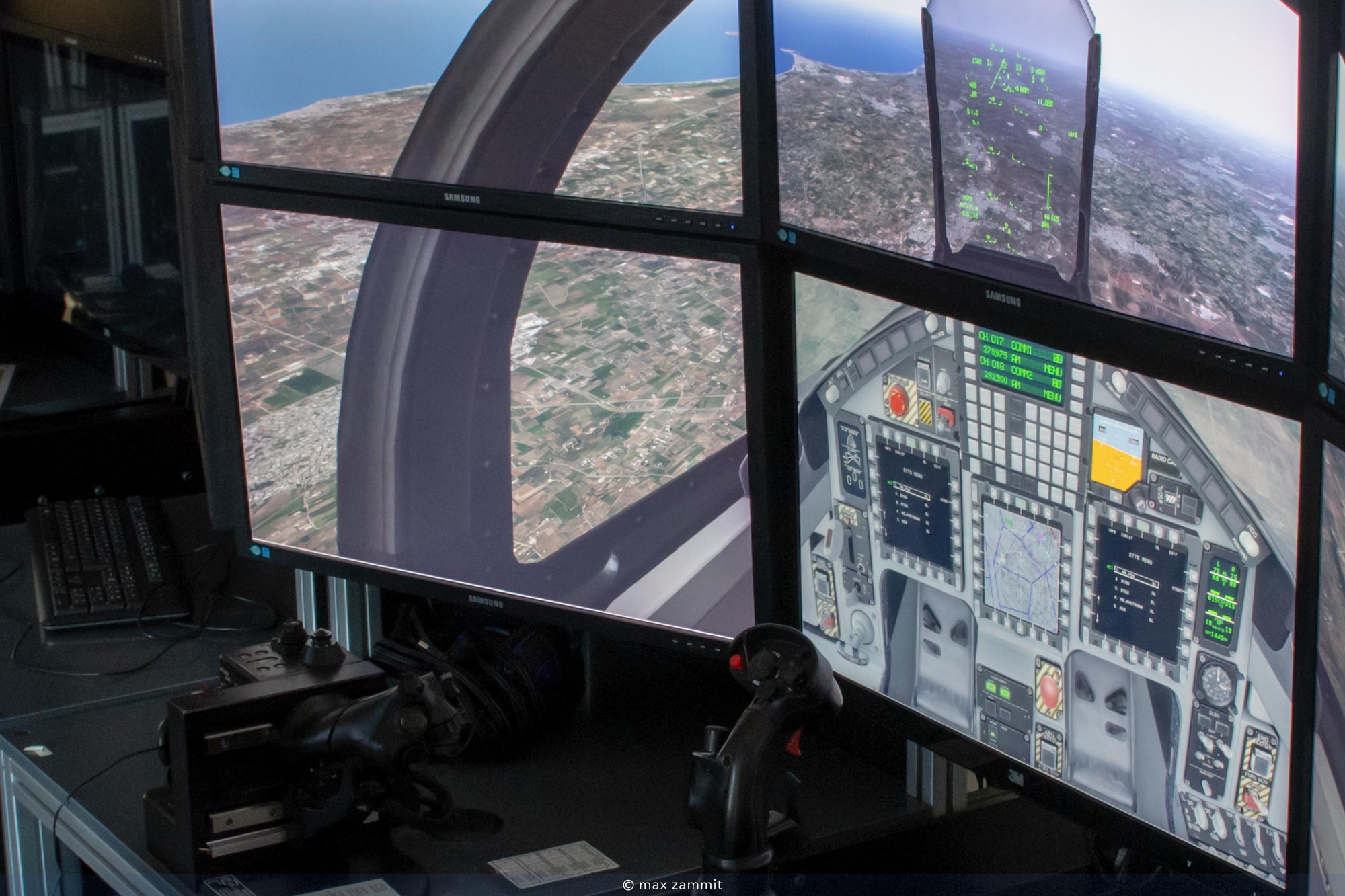
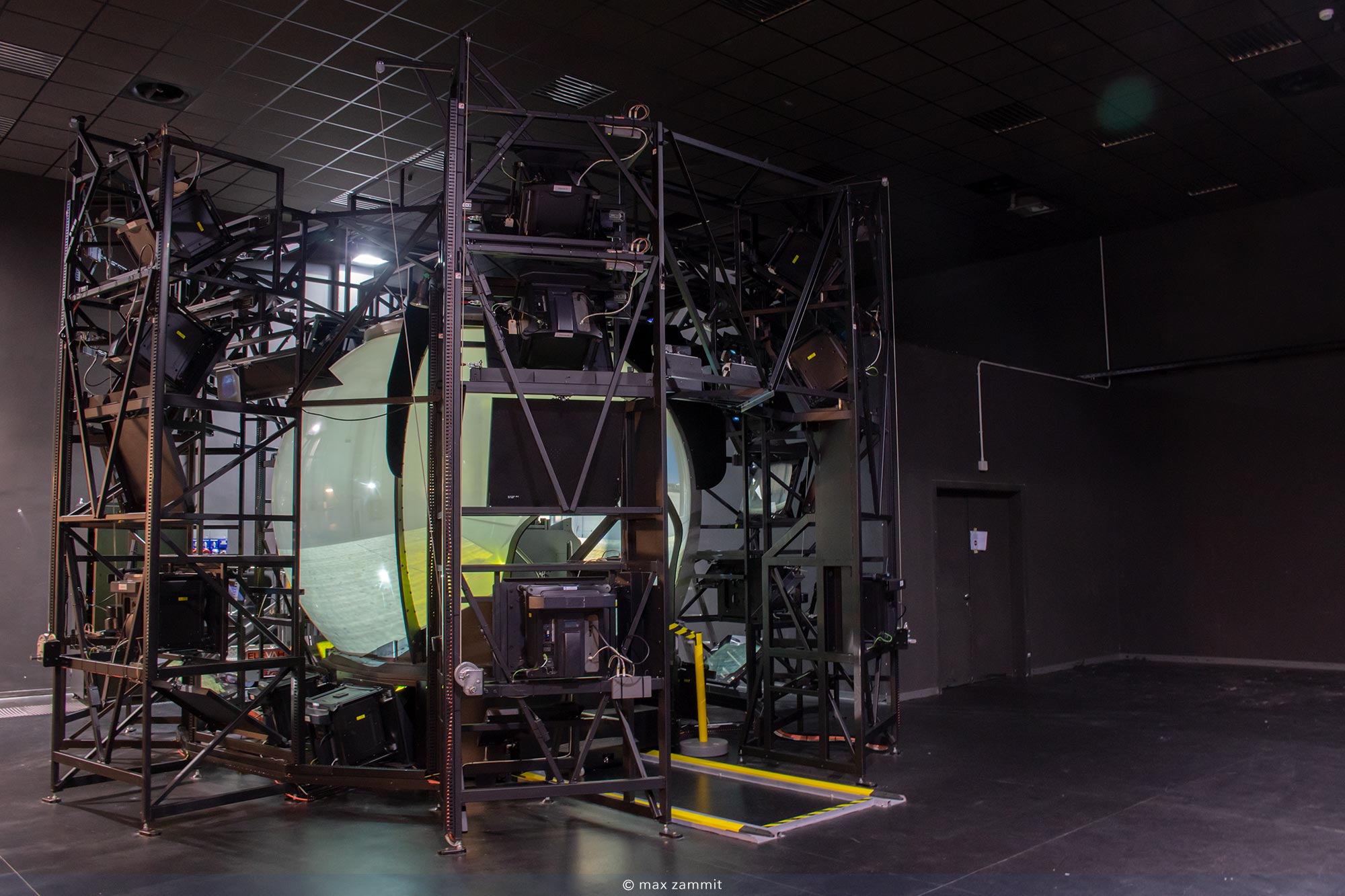
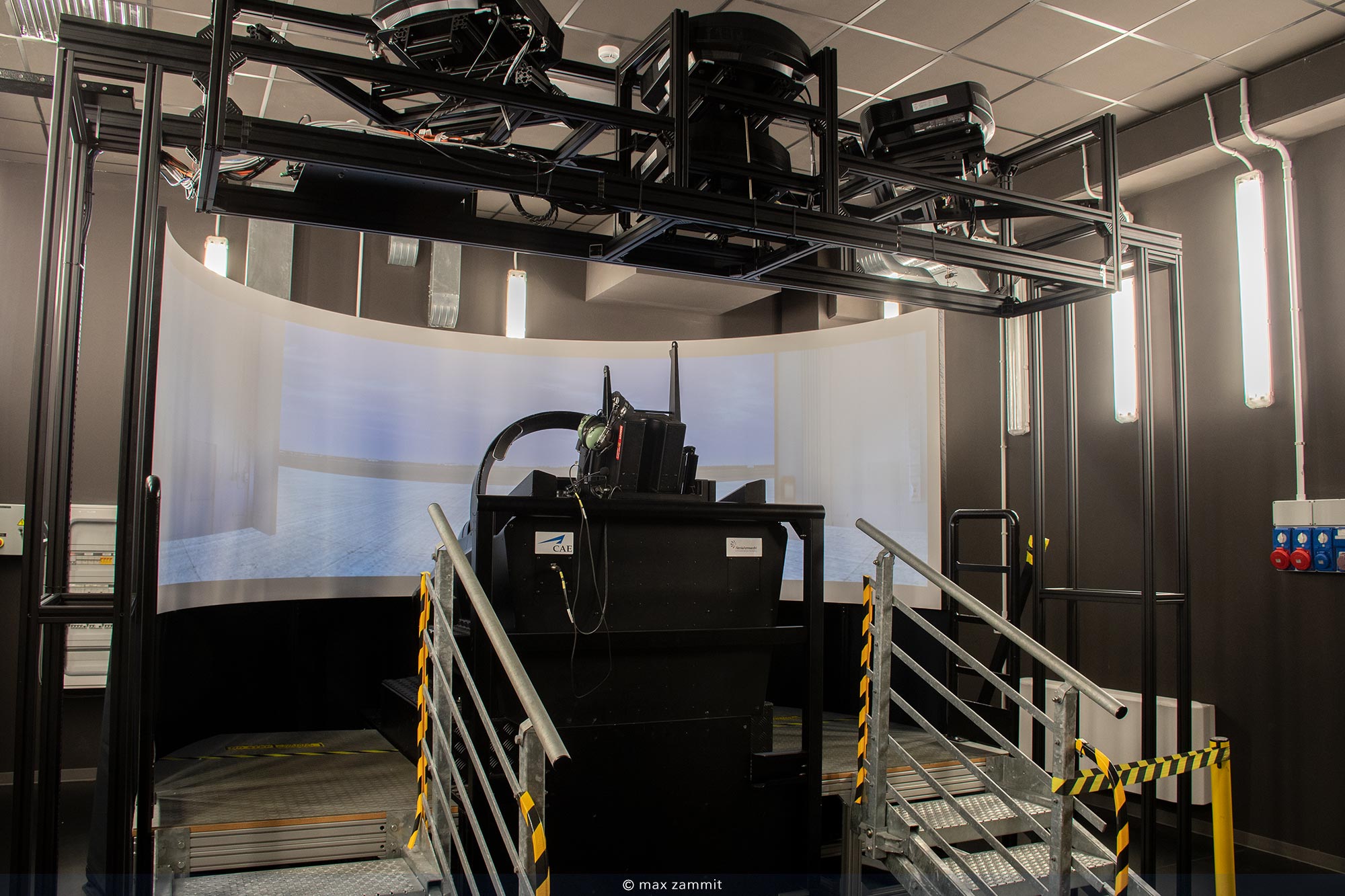
The T-339A
The MB-339 (now T-339A) is a single-engine, two-seat advanced training and light tactical support jet powered by a turbojet; Rolls-Royce; Viper 632-43 produced by the Italian company Aermacchi and for 40 years it has been a workhorse of the Italian Air Force in the PAN, 339A and 339CD versions.
It was developed in response to the need of replacing the Aermacchi MB-326, however, instead of developing a completely new aircraft, it was decided to base the new design on construction of its predecessor. The first flight of the new trainer took place on 12th August 1976 and only two years later the first production aircraft was delivered to the Italian Air Force. The small air intakes in the wing roots are one of the main features of the iconic 339, as is the cockpit, in which the back seat of the instructor is higher than the front seat of the student.
With over 400,000 flight hours achieved and more than 2,500 trained pilots, the Alpha is undisputedly reliable, but it’s slowly becoming difficult to maintain. A withdrawal date has yet to be scheduled and ultimately it will be replaced by the T-345A (Leonardo M345).
This will allow the 214O Gruppo to retain its training philosophy “jet ab initio” at operating costs comparable to those of a turboprop trainer.
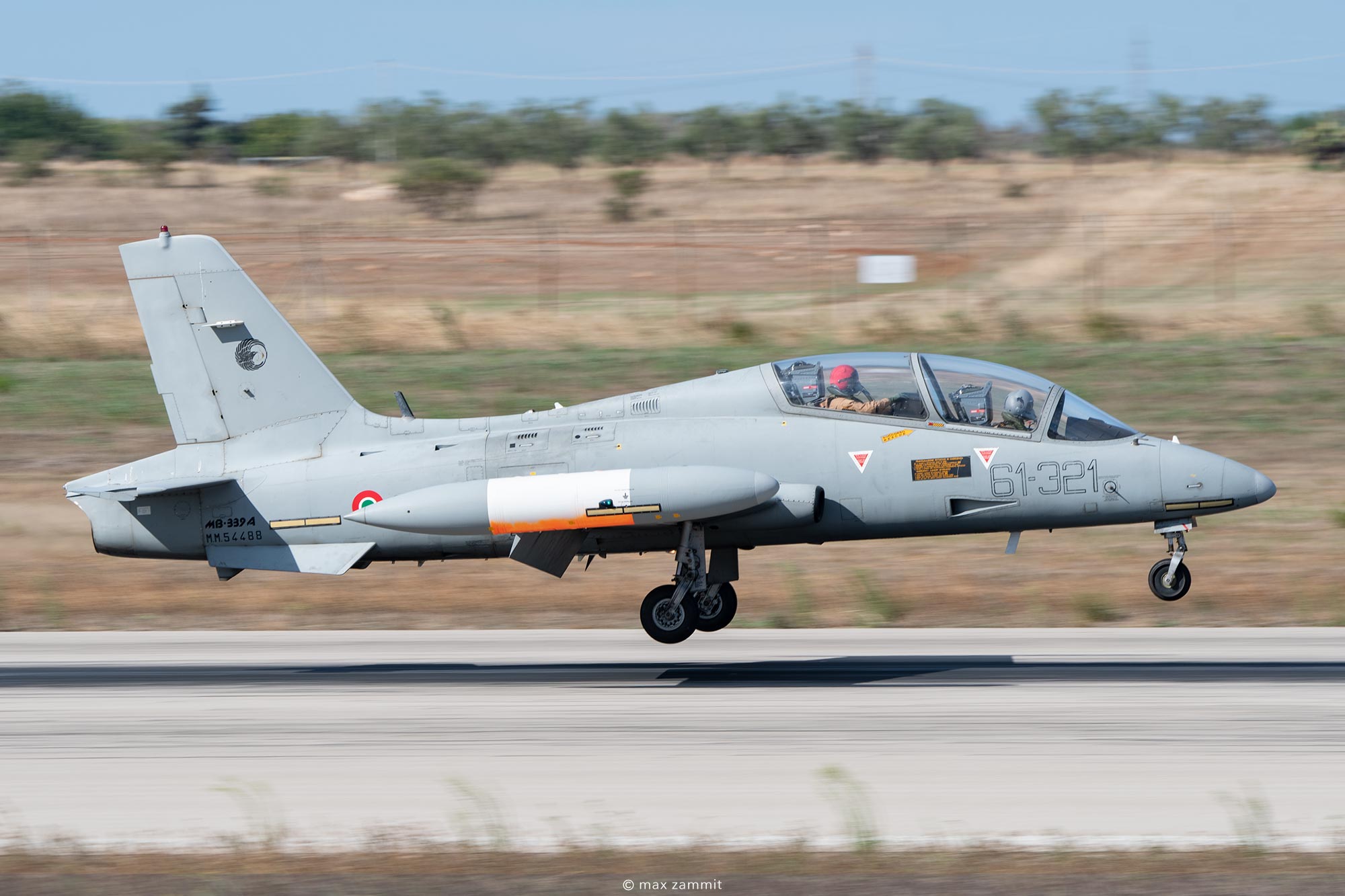
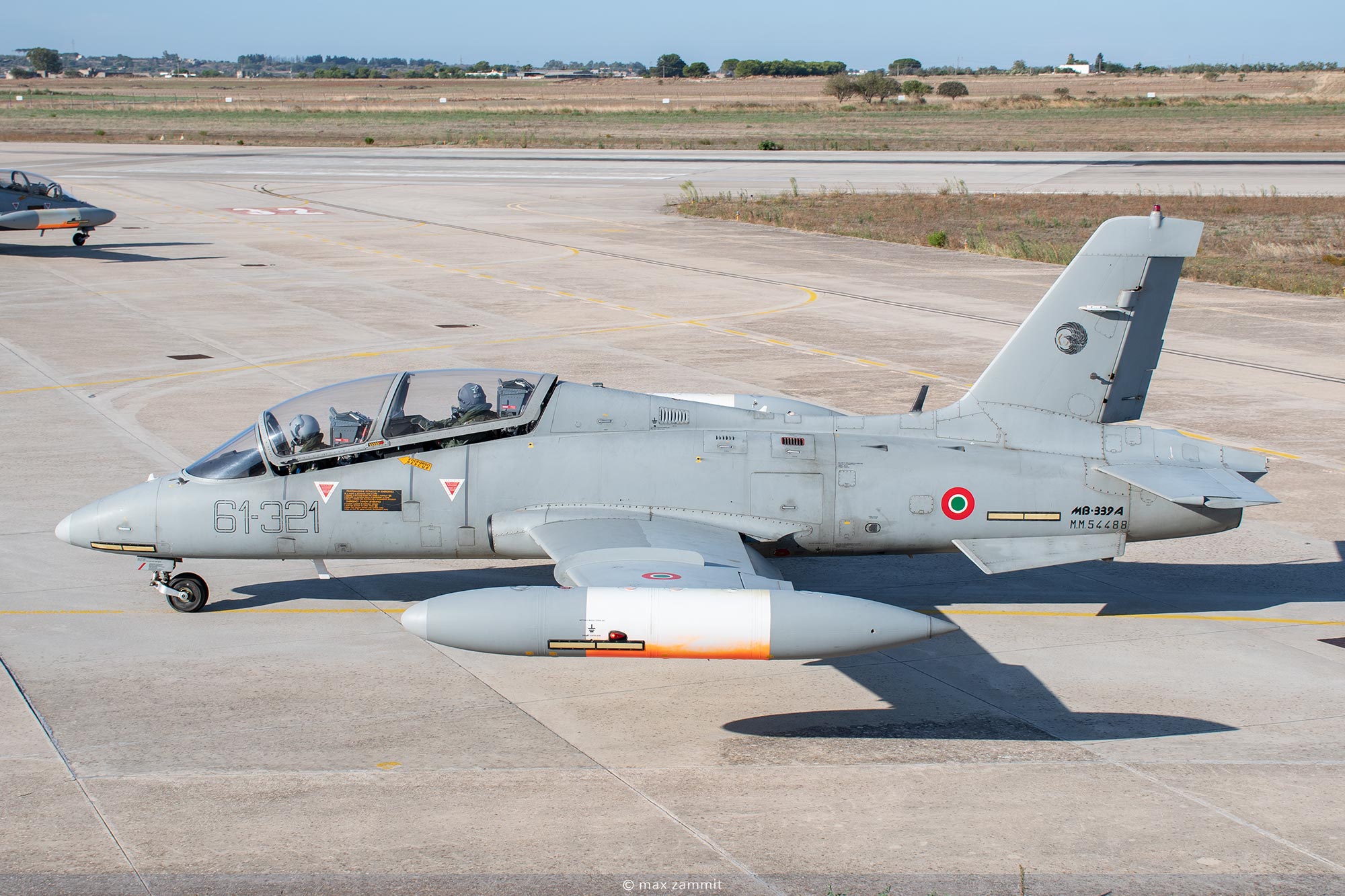
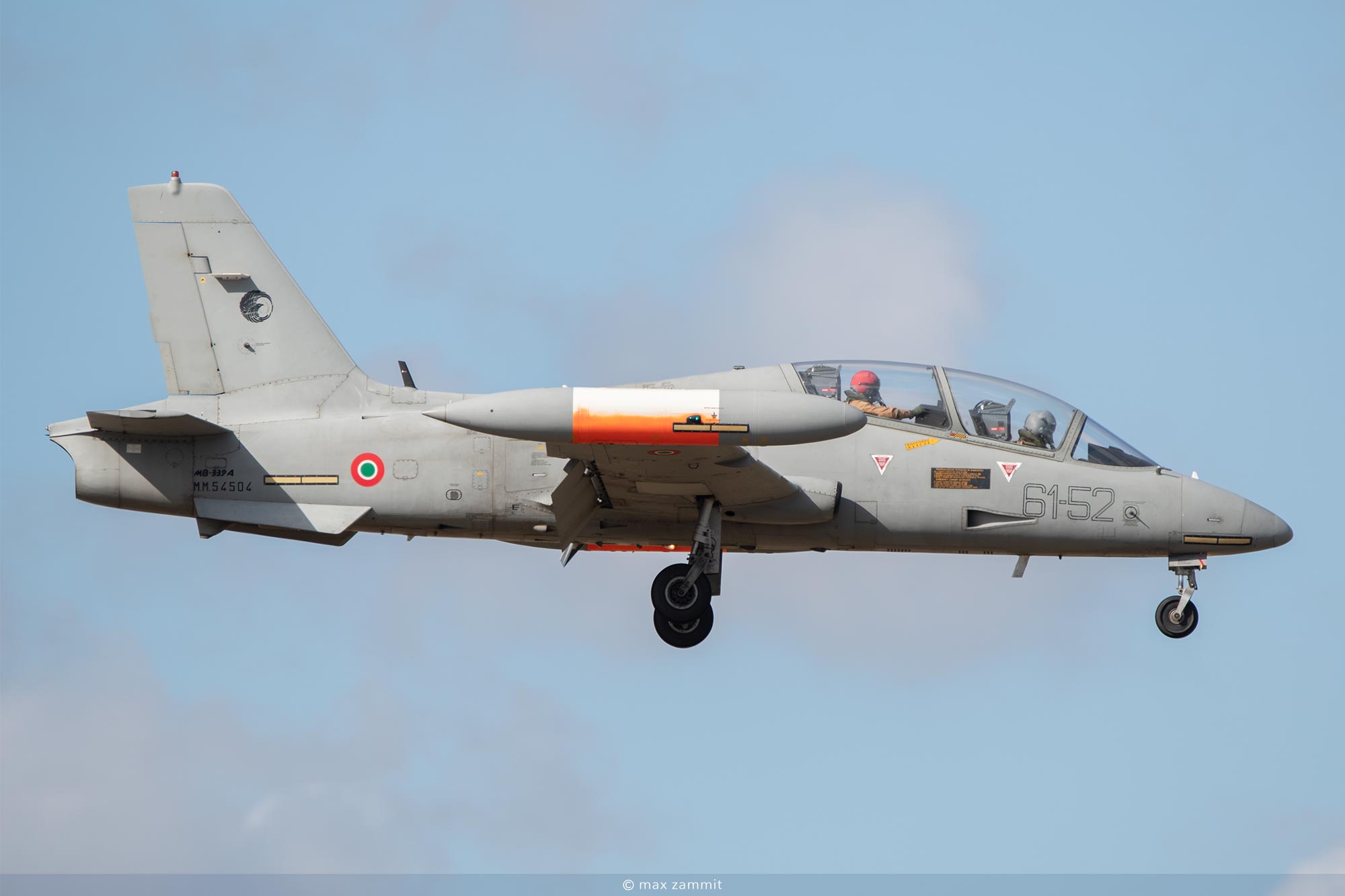
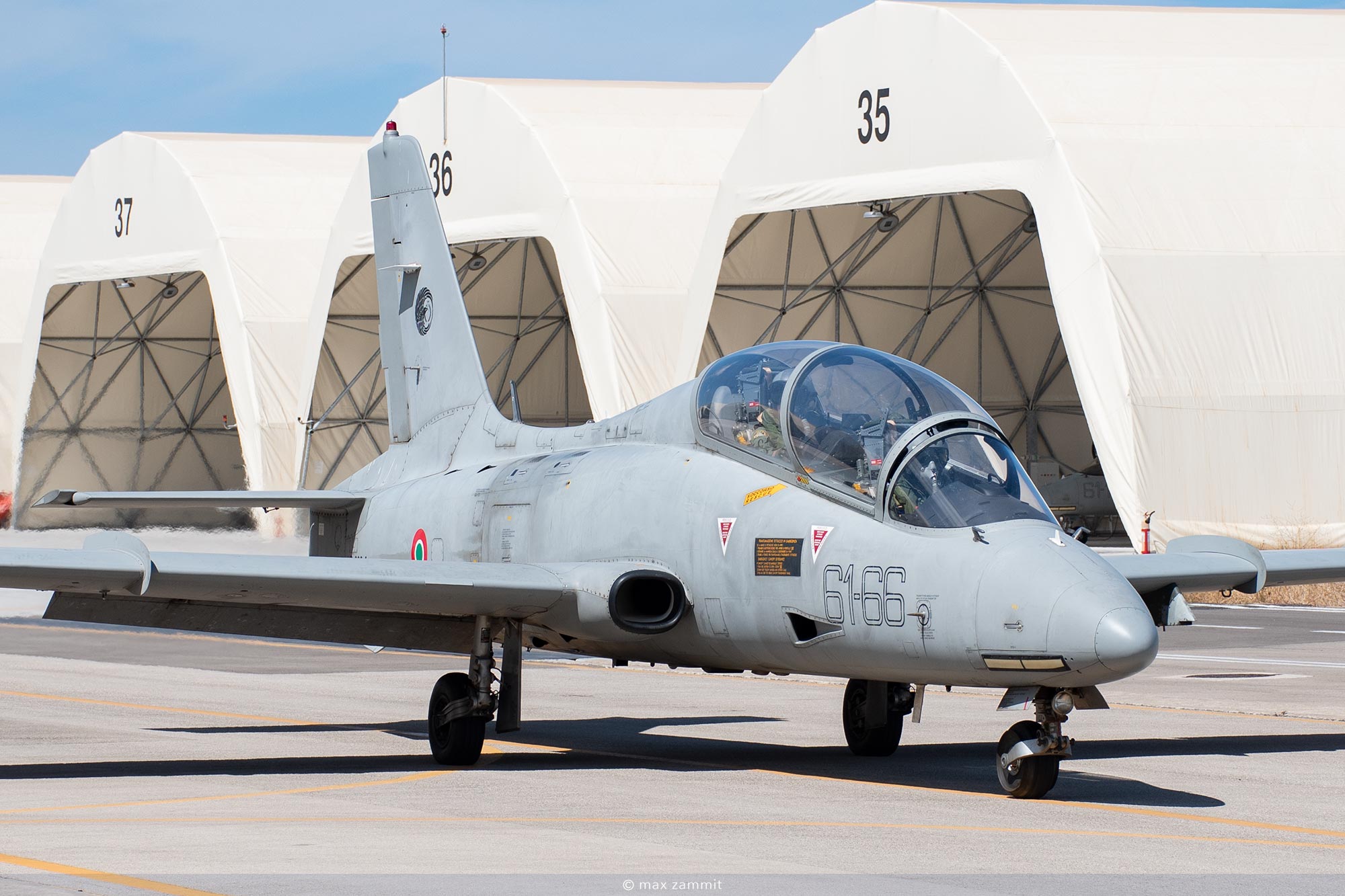
The T-339CD
The T-339CD (Completely Digital) is an improved and updated C version in both the avionics and the on-board instrumentation.
The classic round dial analog instruments have been replaced by a 3-color Head Up Display screens in both cockpits, allowing pilots in training to immediately get used to the type of instrumentation they will find on the latest generation fighters.
Furthermore, to increase its range and operational capacity, the aircraft was also equipped with a fixed probe for in-flight refueling. These additions made the “macchino”, as it is affectionately called, a much better advanced trainer with the additional role of aggressor in a so-called “Bogey scenario”. The MB-339 aircraft is and always will be a milestone in the training of any military pilot, for its outstanding qualities in flight and its ability to forgive young aviators.
With the arrival of the new M-345, the T-339CD will also gradually be withdrawn from service.
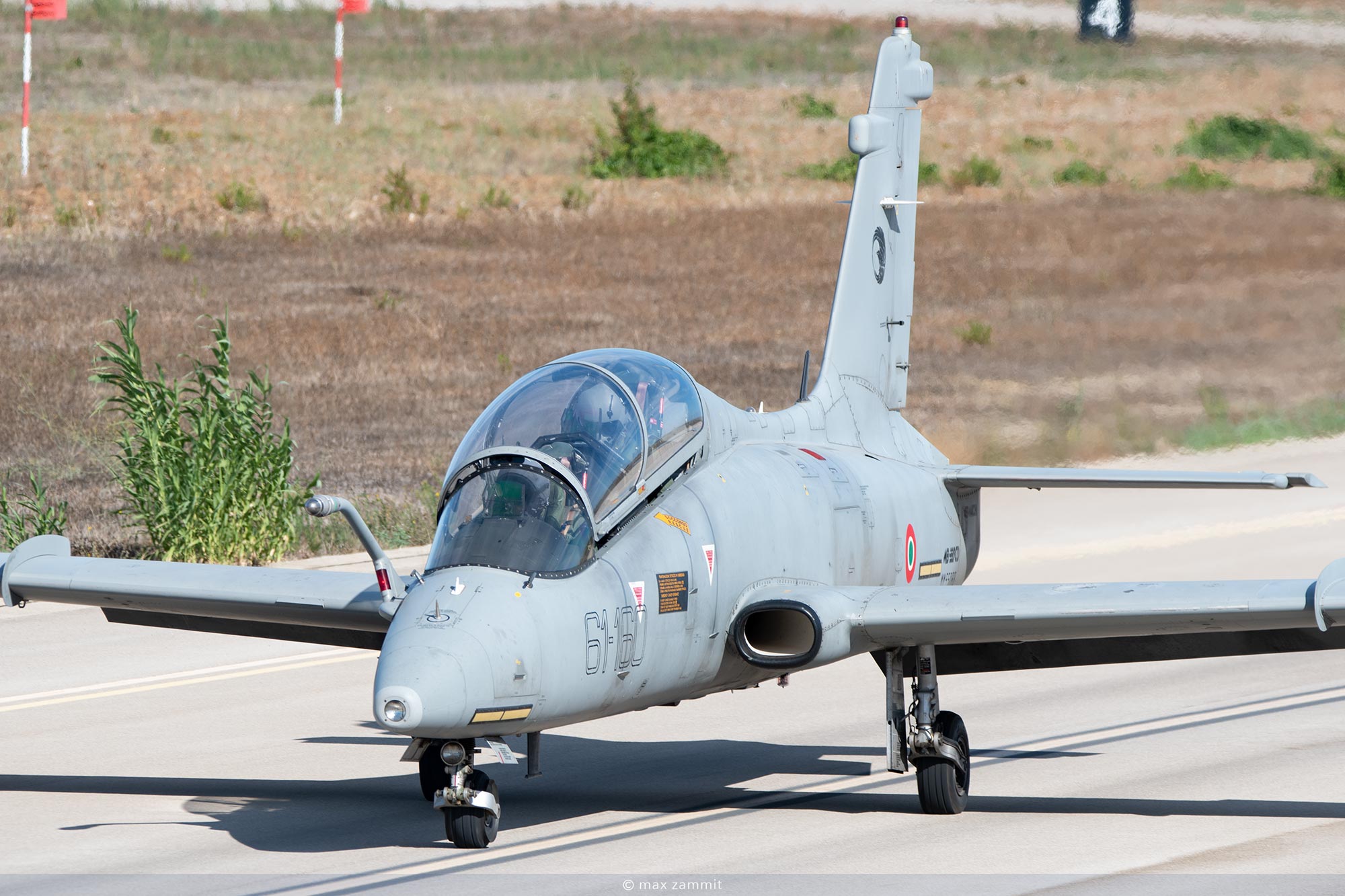
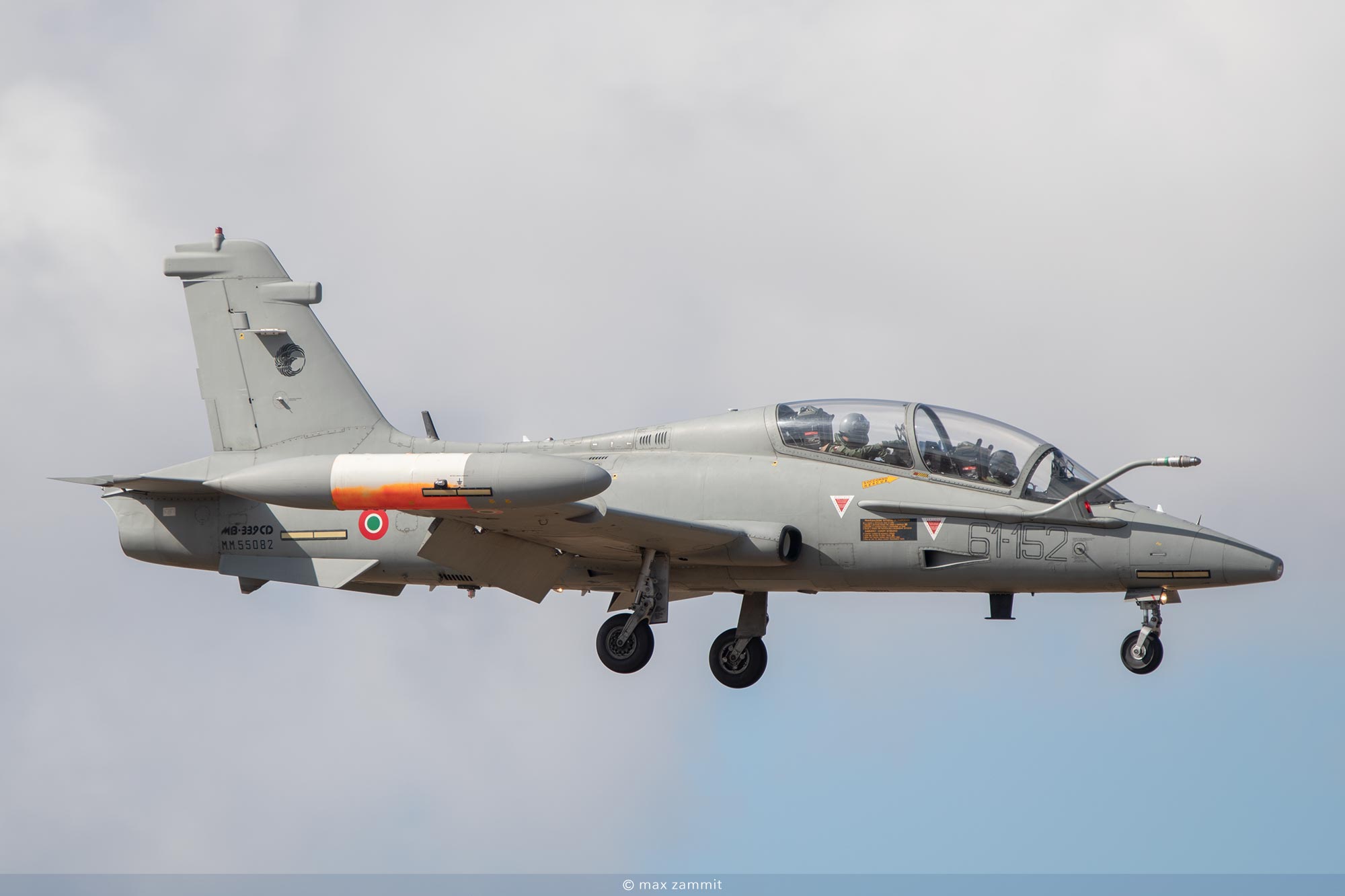
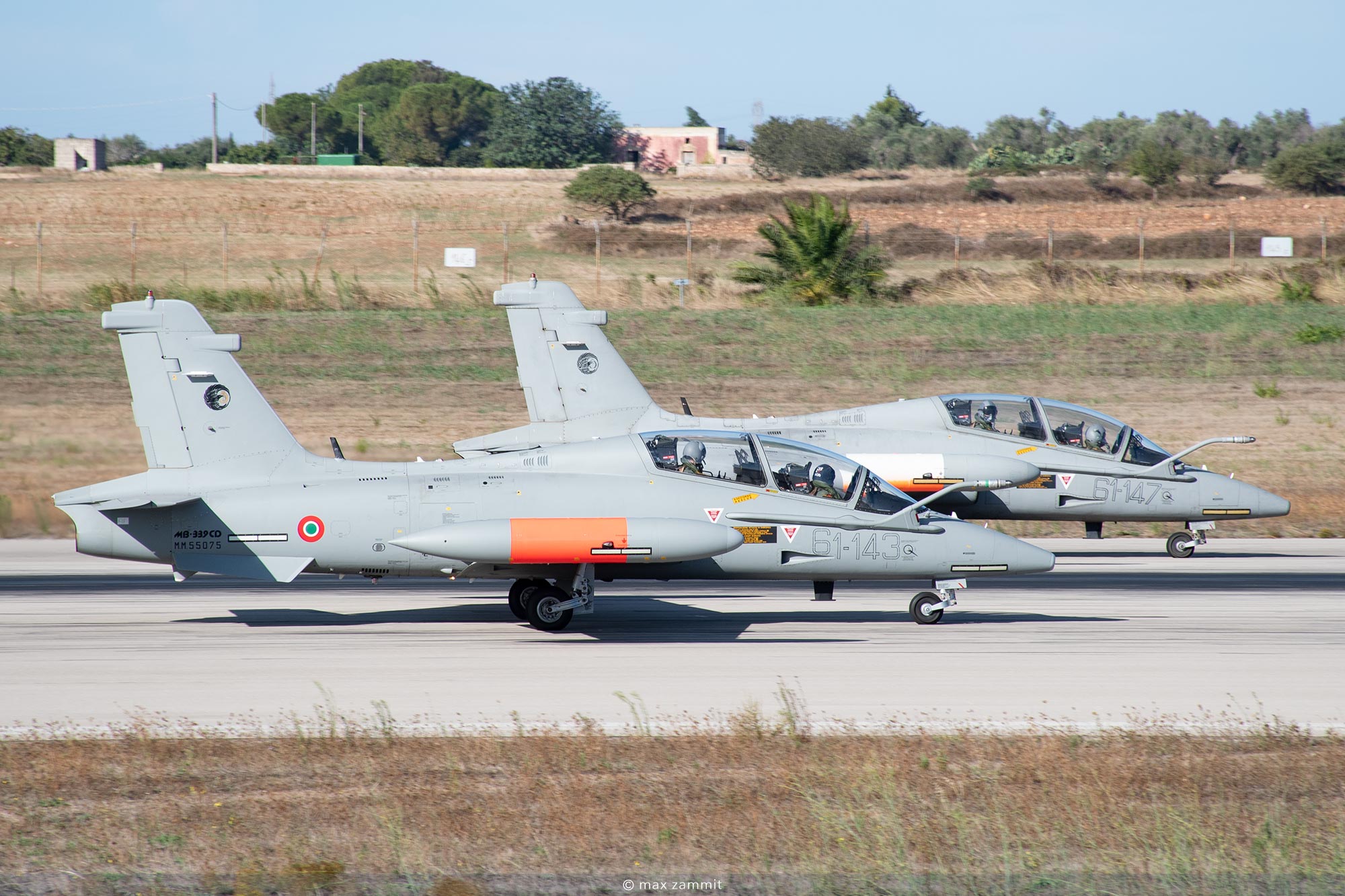
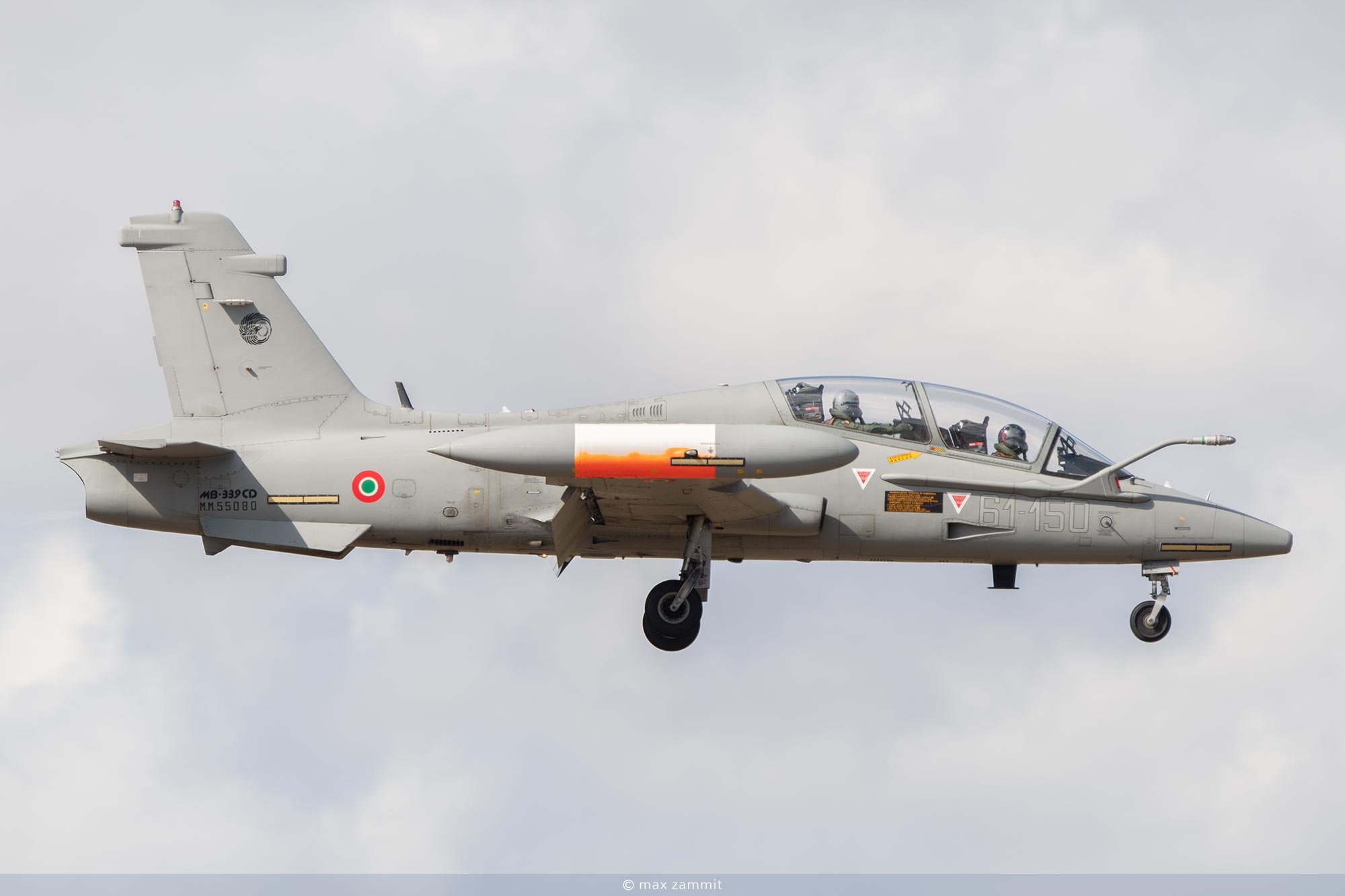
The T-346A
The Master is now considered the world’s most advanced trainer aircraft, as well as the only one specifically designed to train pilots for next-generation high-performance military aircraft. The T-346A is a twin-engine, two-seat, tandem, lead-in fighter trainer (LIFT) optimized for the final stage of training of future military pilots.
Equipped with a pair of ITEC F124-GA-200 turbofans producing a thrust of 28.5 kN each, the Master can reach Mach 0.95 with an operating ceiling of approximately 13,700m (44.94751 ft). The aircraft is 11.5 m long with a wing area of 9.72 m. The flight range is 1,889 km, which can be implemented at 2,537 km with two tanks on the underwing pods. It carries a 20 mm DEFA cannon (but as an option it can carry a 30 mm cannon) and has underwing and tip attachment points for a maximum load of approximately 3000 kg.
The aircraft has high maneuverability (up to 40° angle of attack) thanks to the composite materials with which it is built. The machine features a four-channel Fly-By-Wire and voice flight control system, avionics with the latest multifunction displays (MFD) and heads up display (HUD), Hands on Throttle And Stick (HOTAS) with 17 switches mounted on the joystick and engine throttle that allow the management of the main commands. It is also equipped with an APU (Auxiliary Power Unit) which allows it to operate independently.
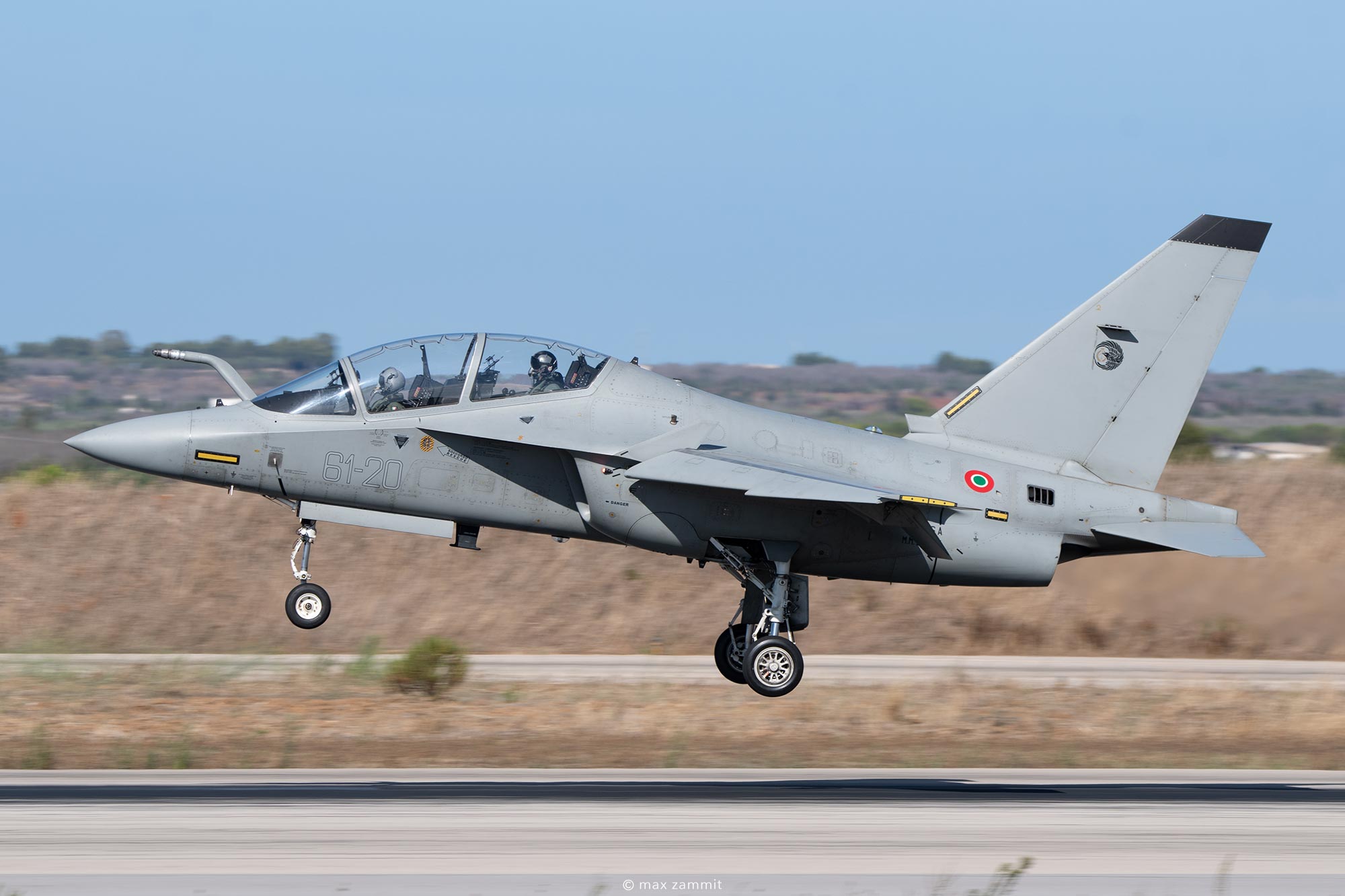
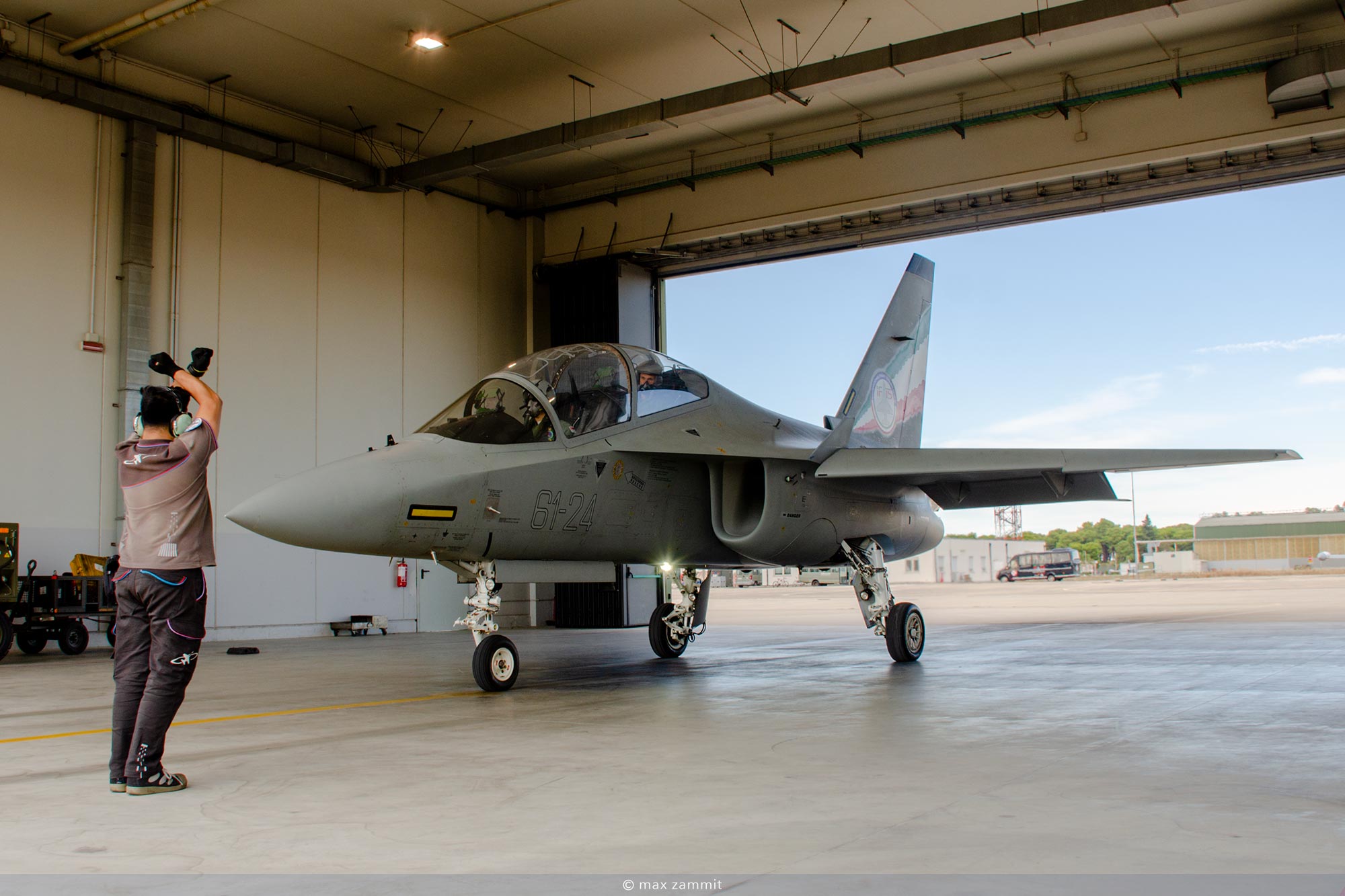
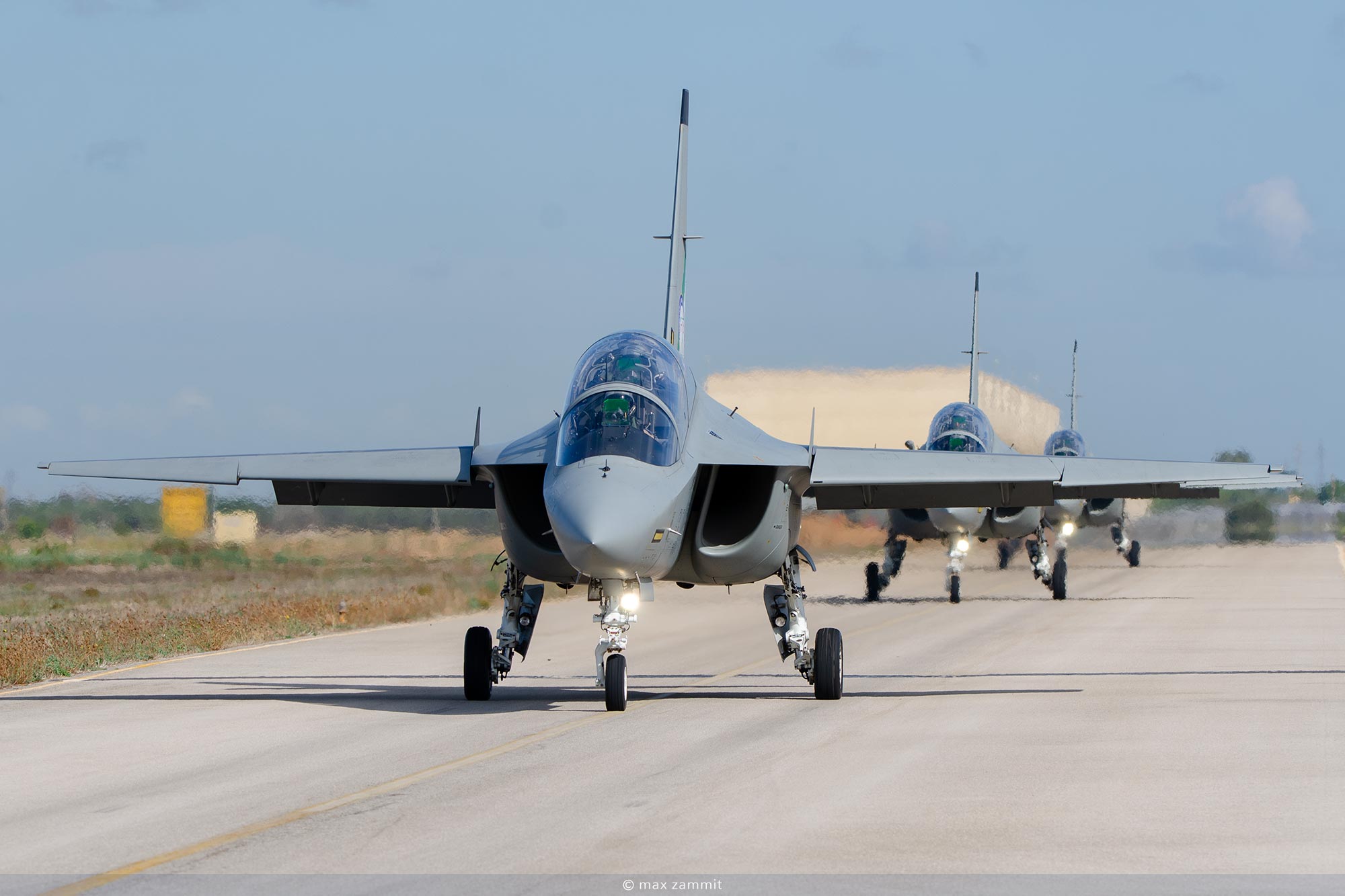
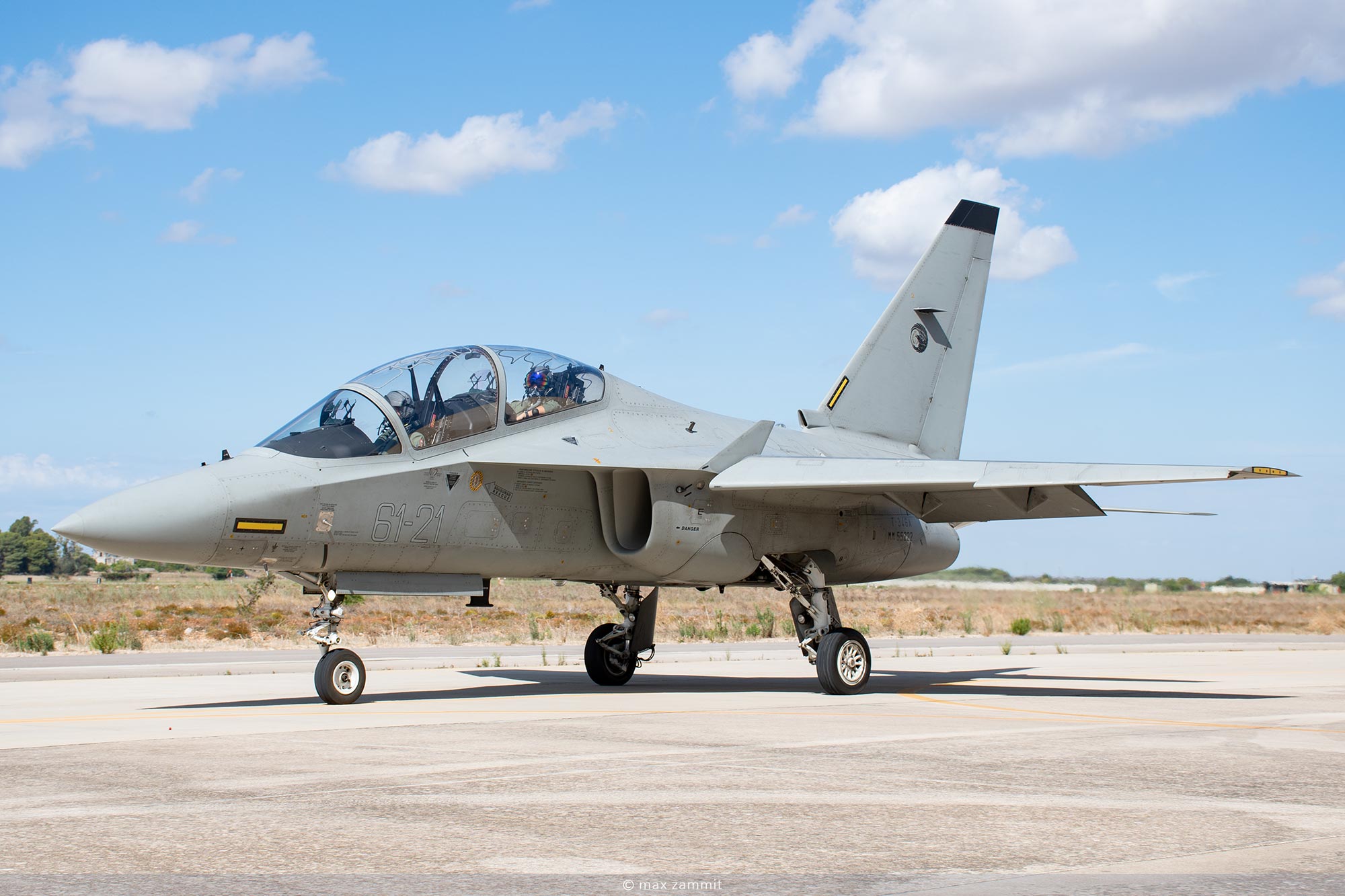
We would like to thank the Aeronautica Militare Italiana, to SMA’s Press Office, the Commander of 61° Stormo, Col. F. Nannelli, along with the personnel of the three Gruppi Volo for the opportunity to make this report. In particular a heartfelt “thank you” to Ten.Col. Federico Bellicano, Magg. A.Guerrieri and Primo Graduato A.Sticchi for their great assistance during the visit.
